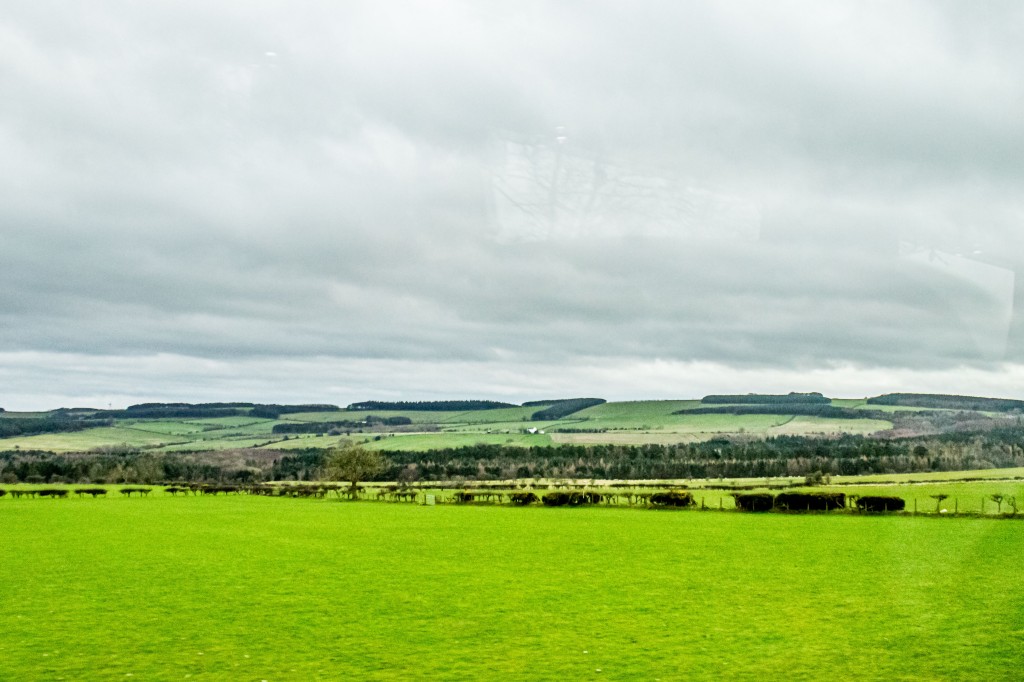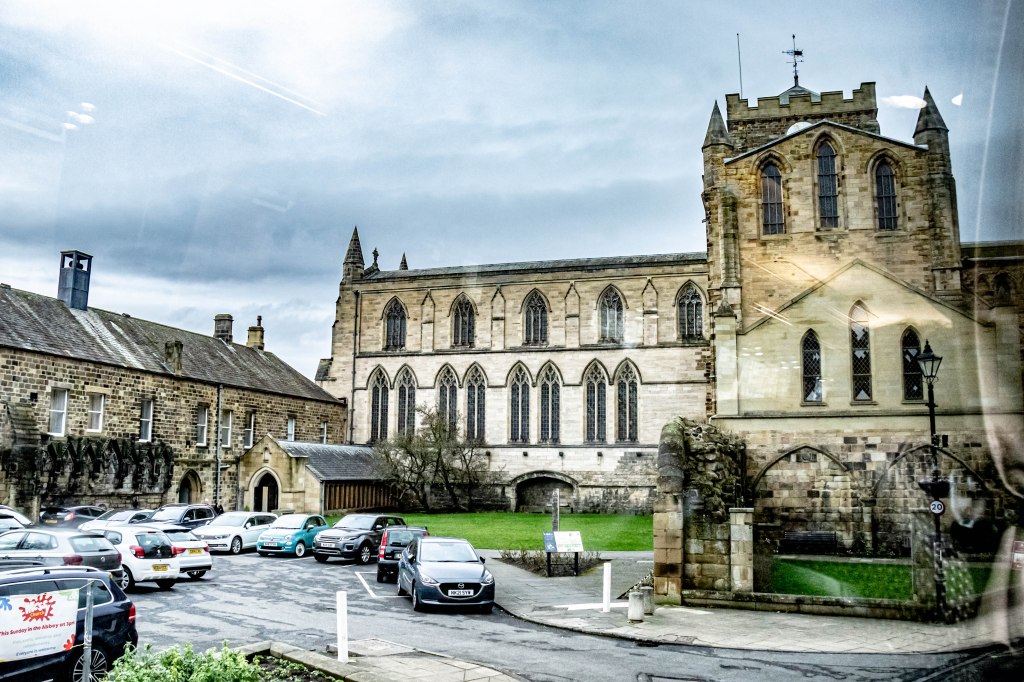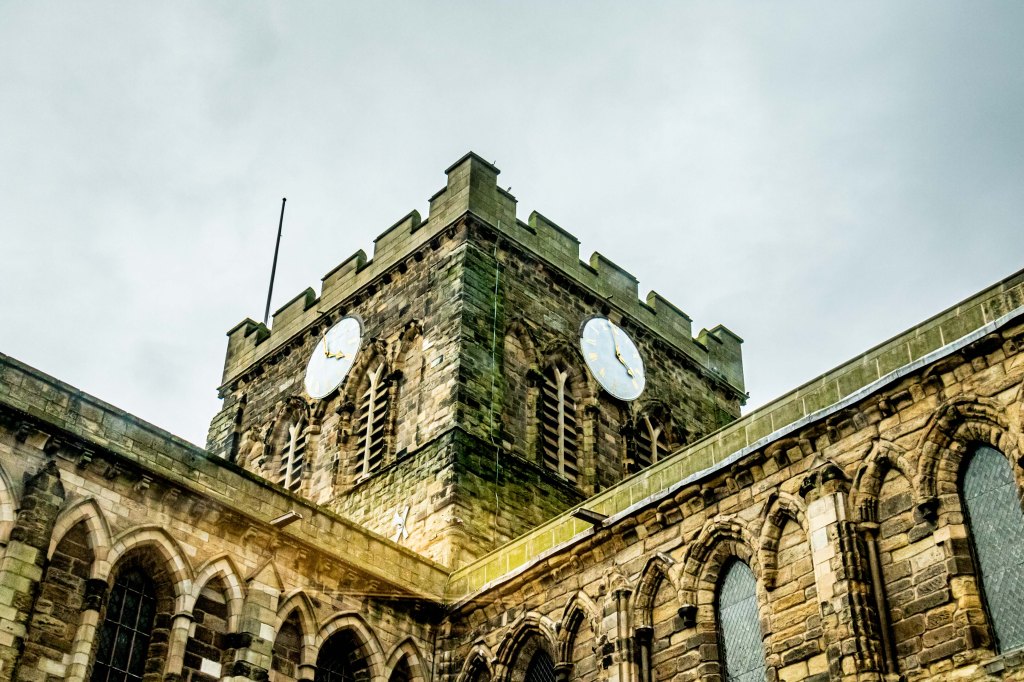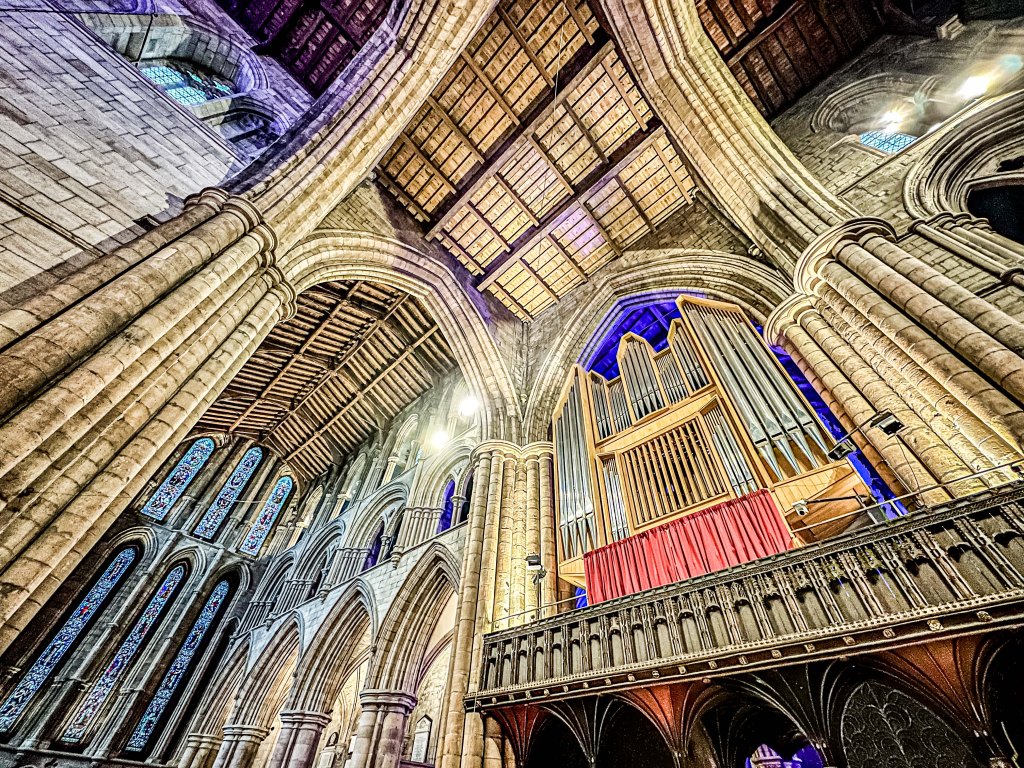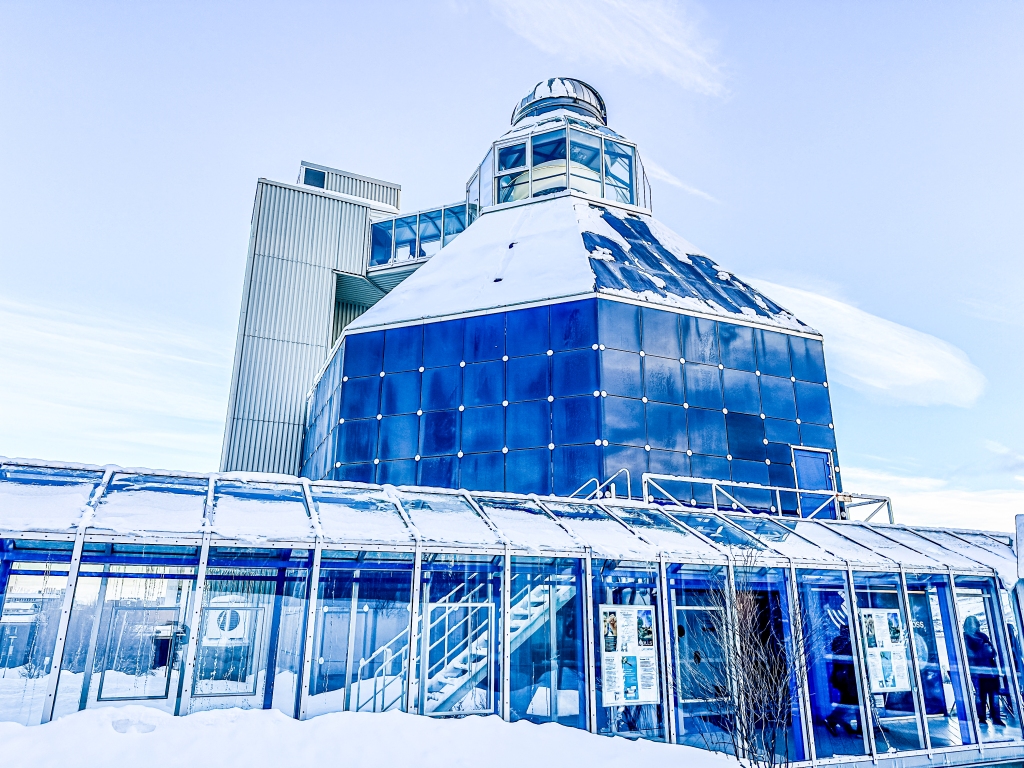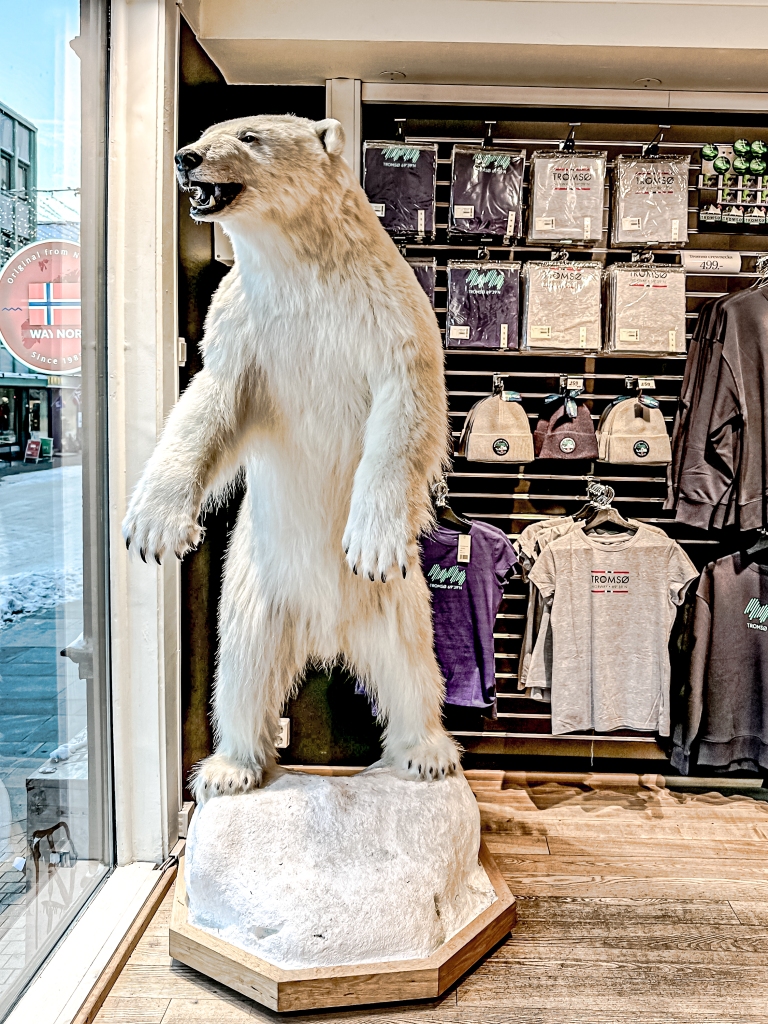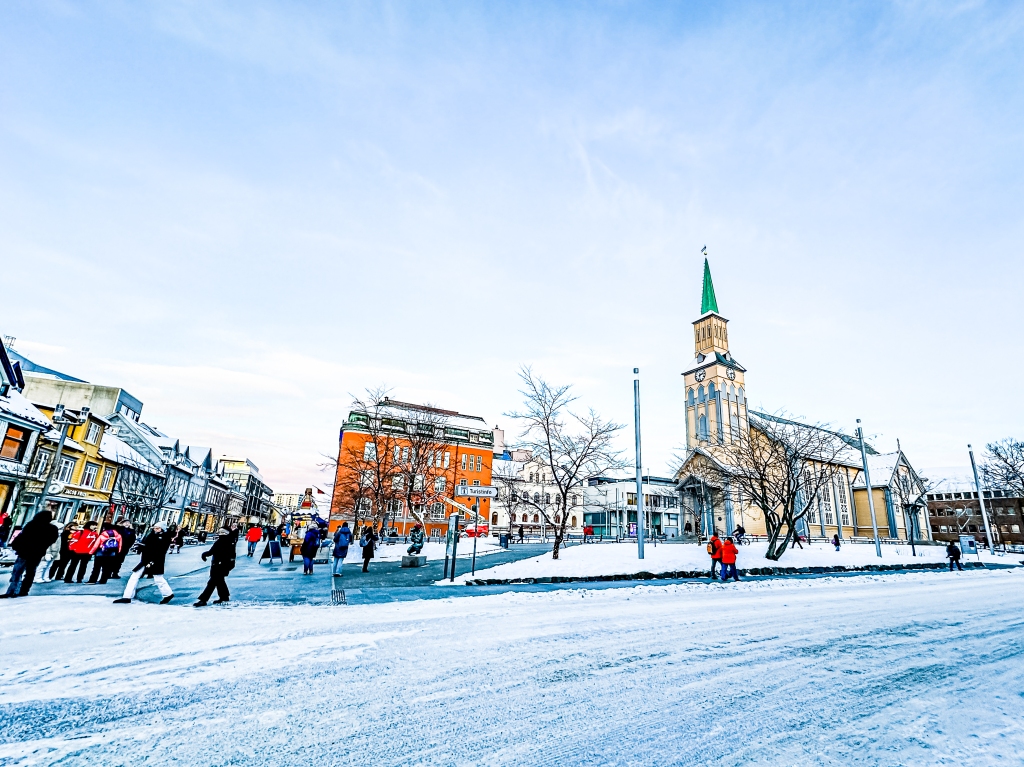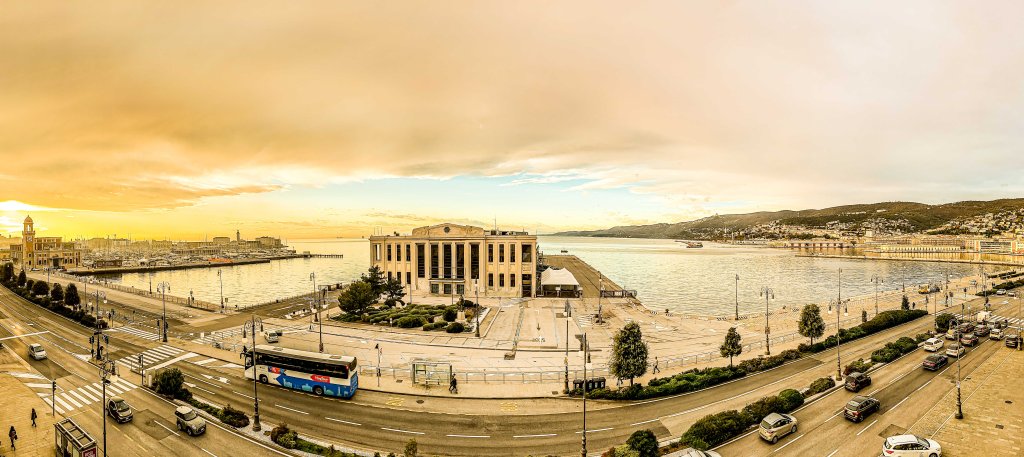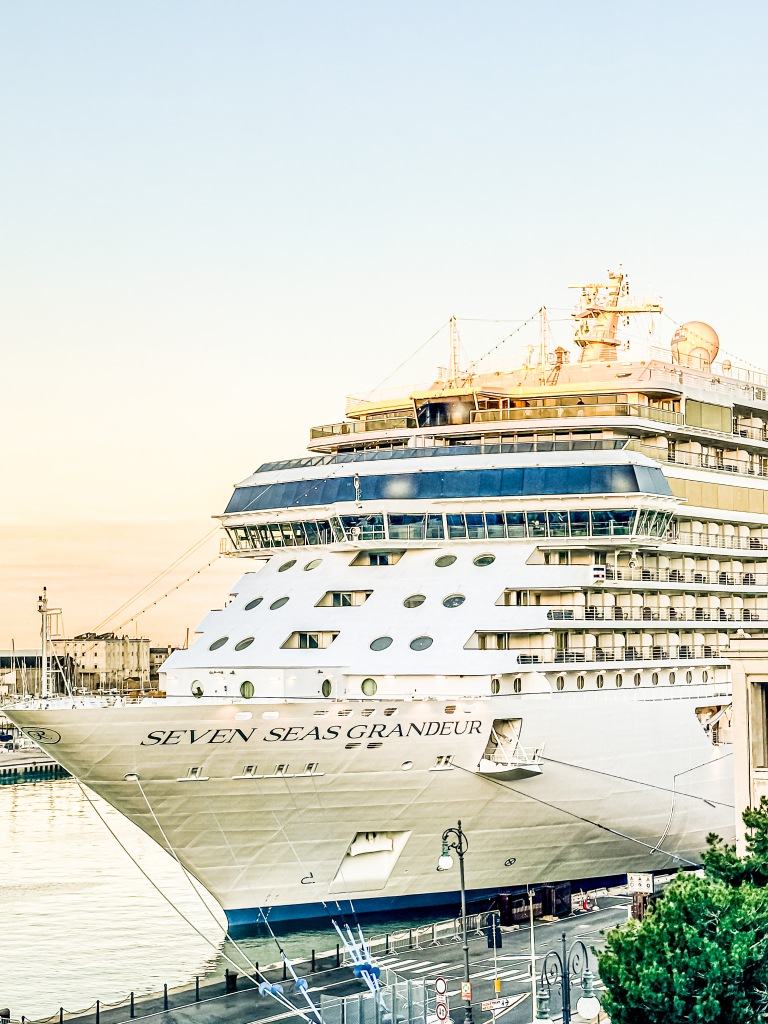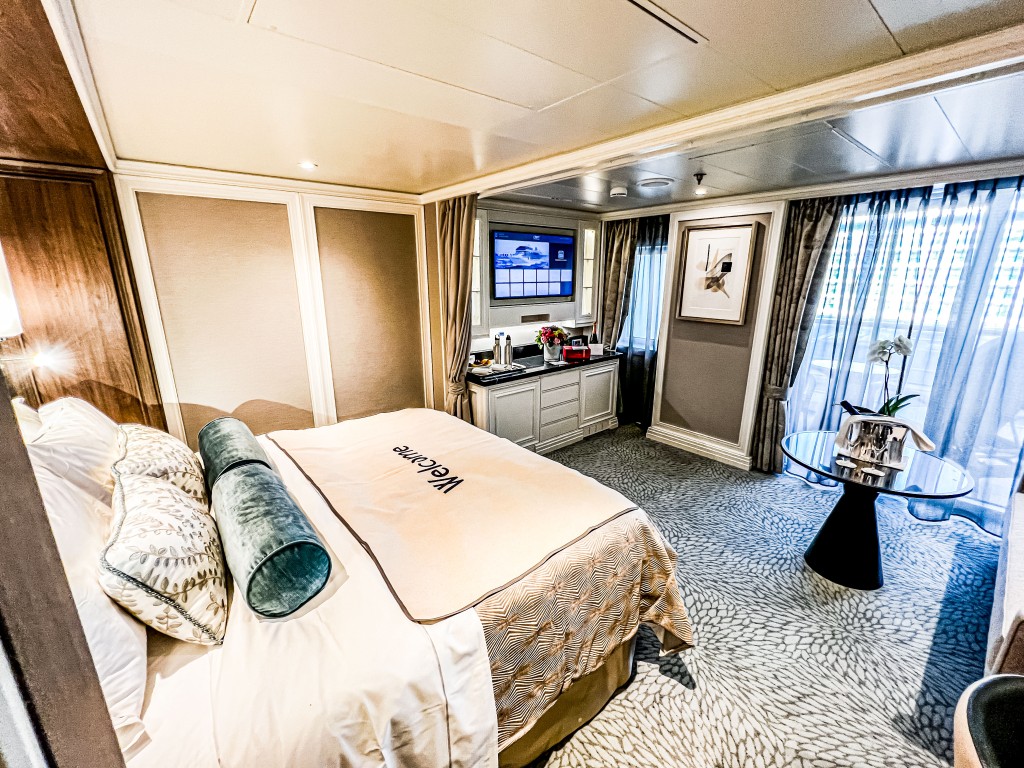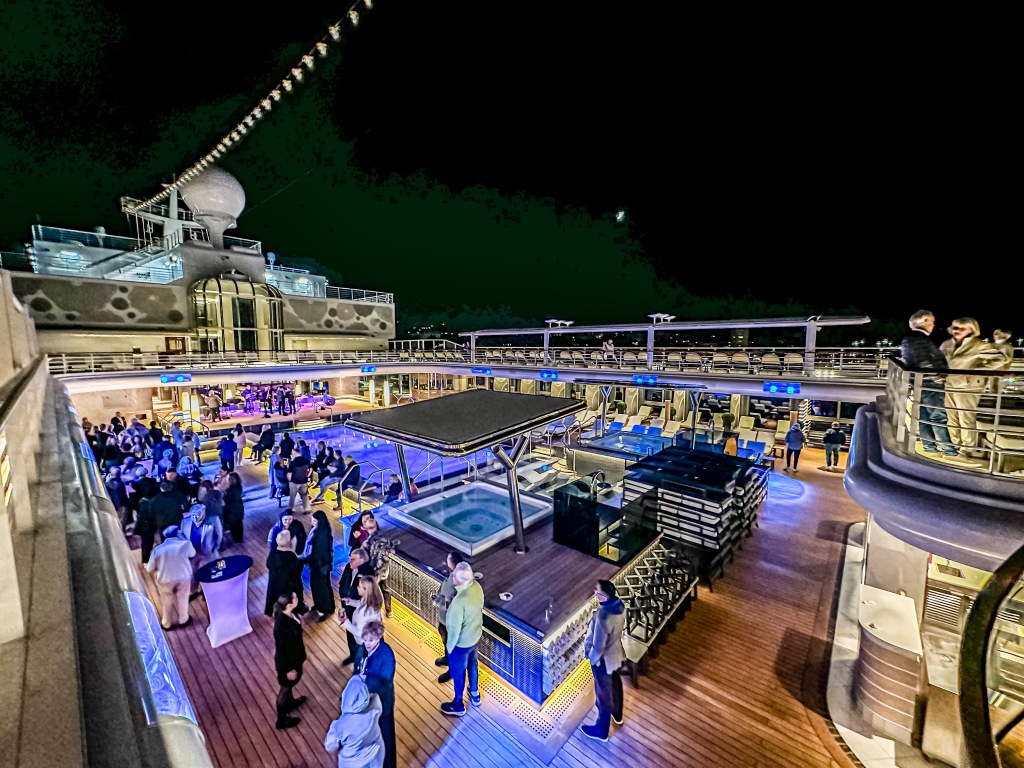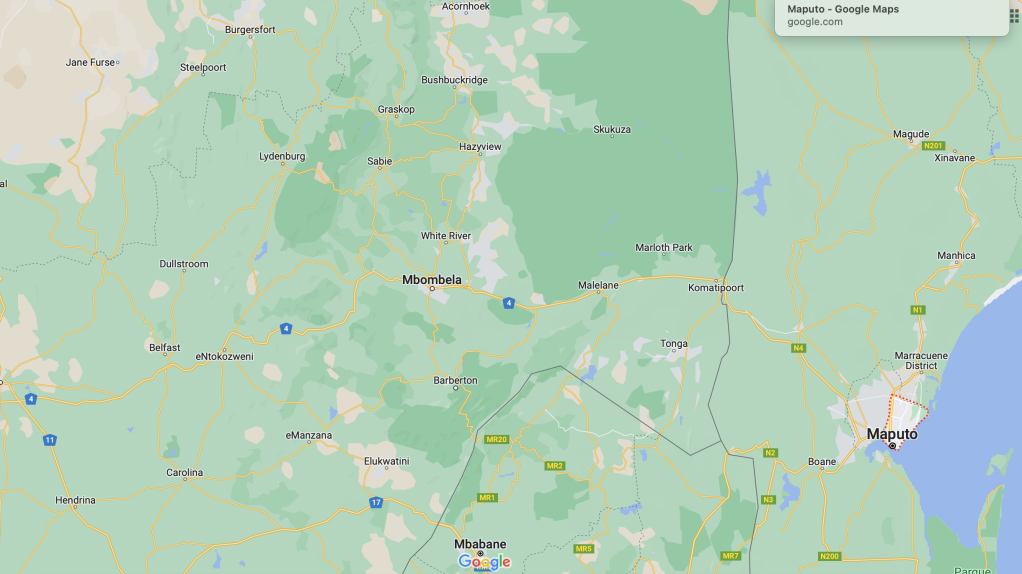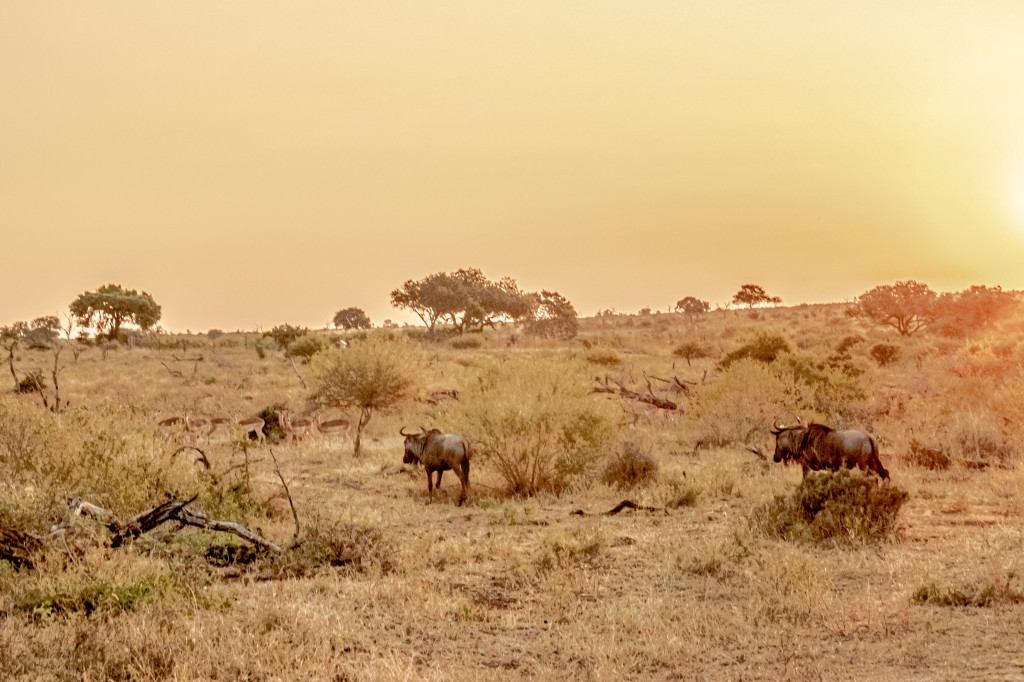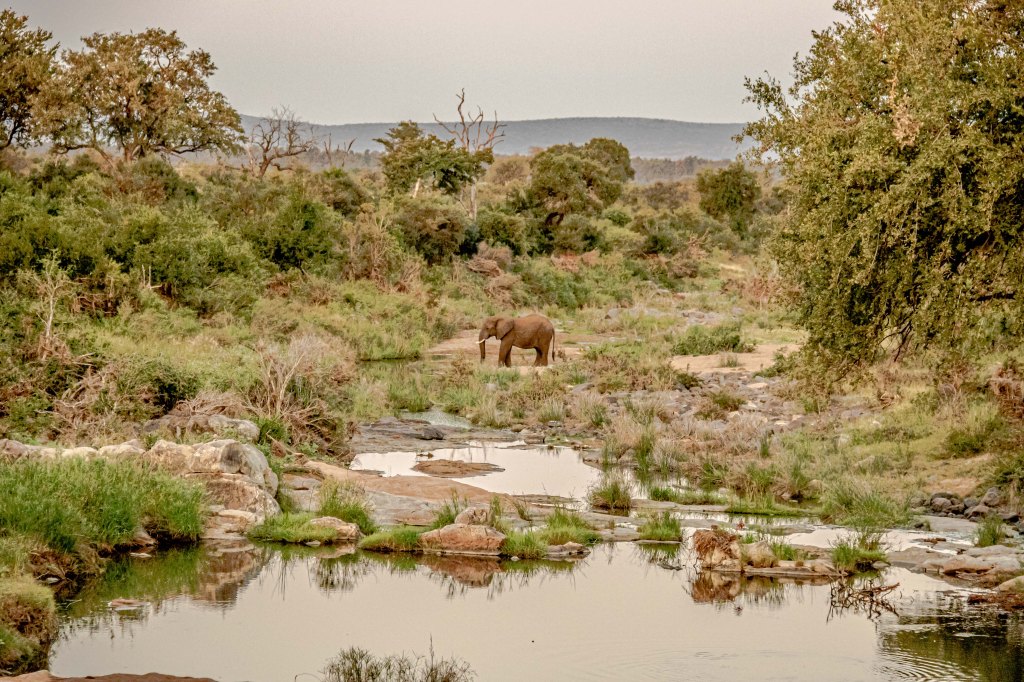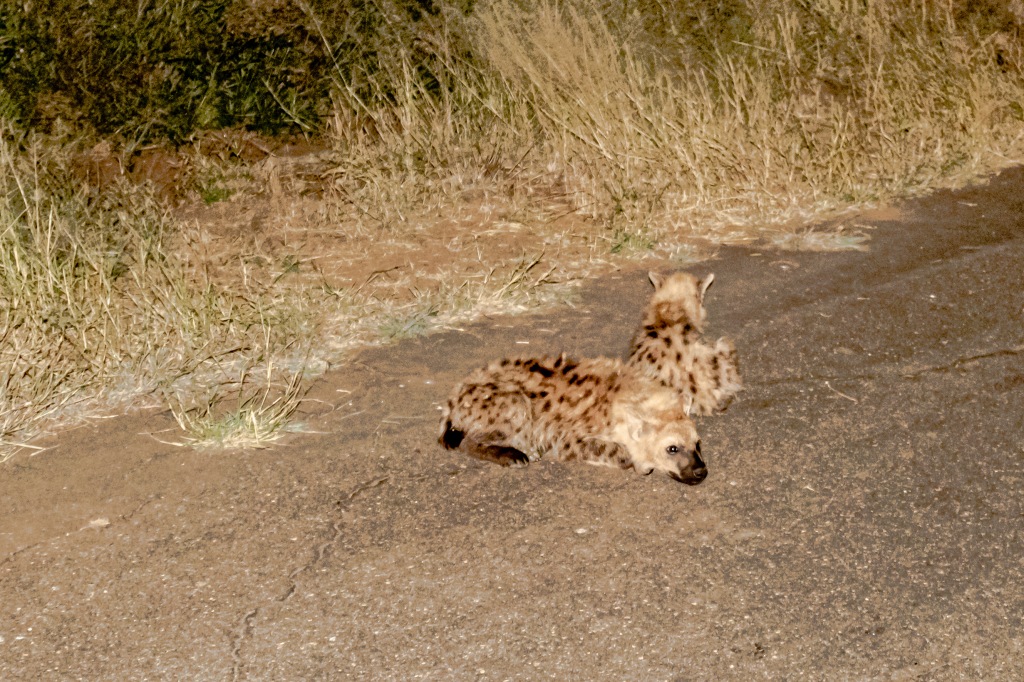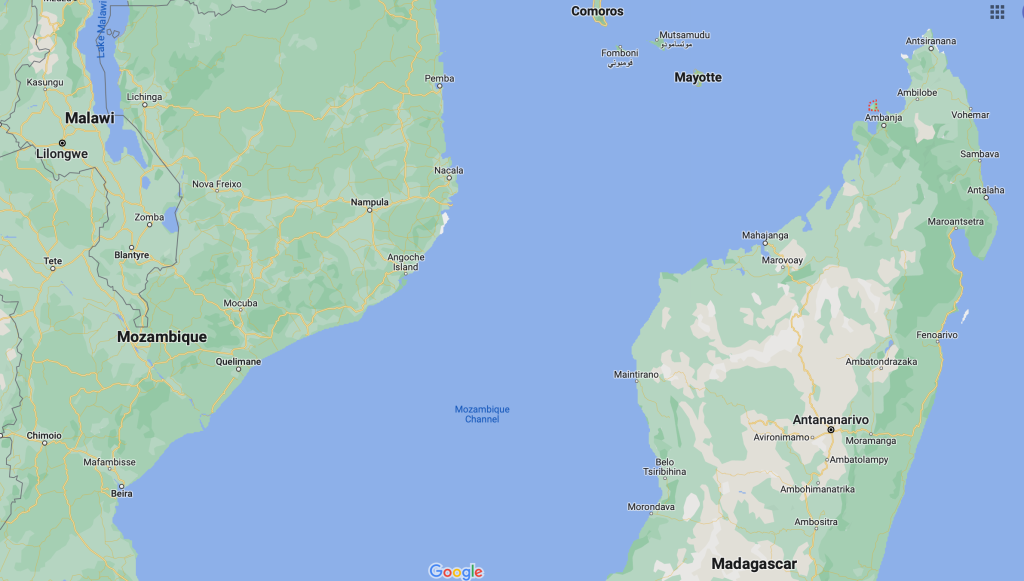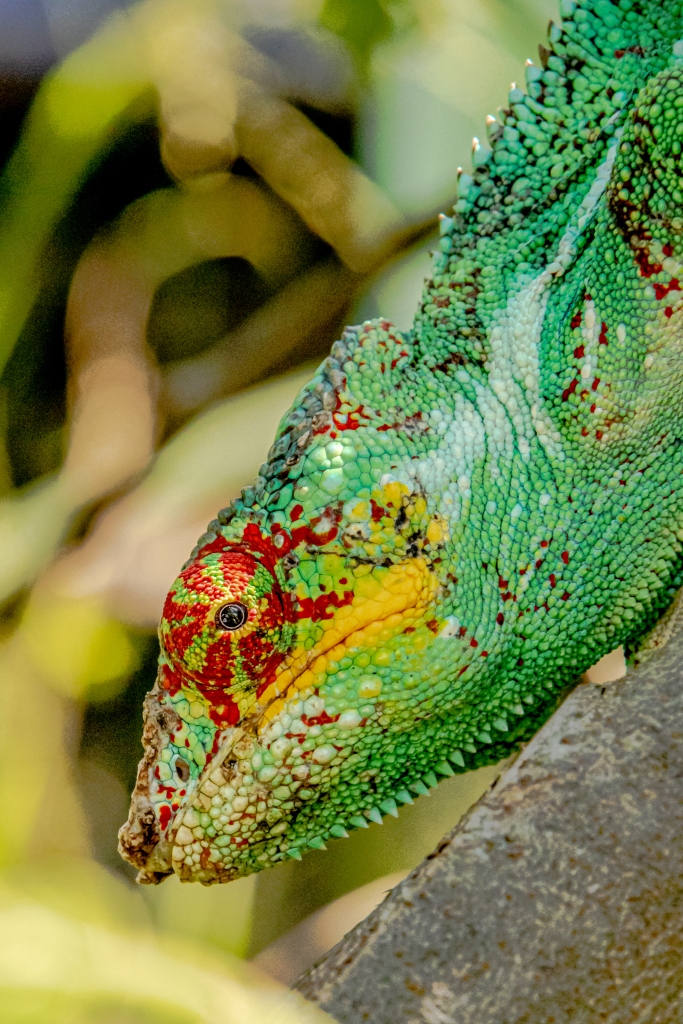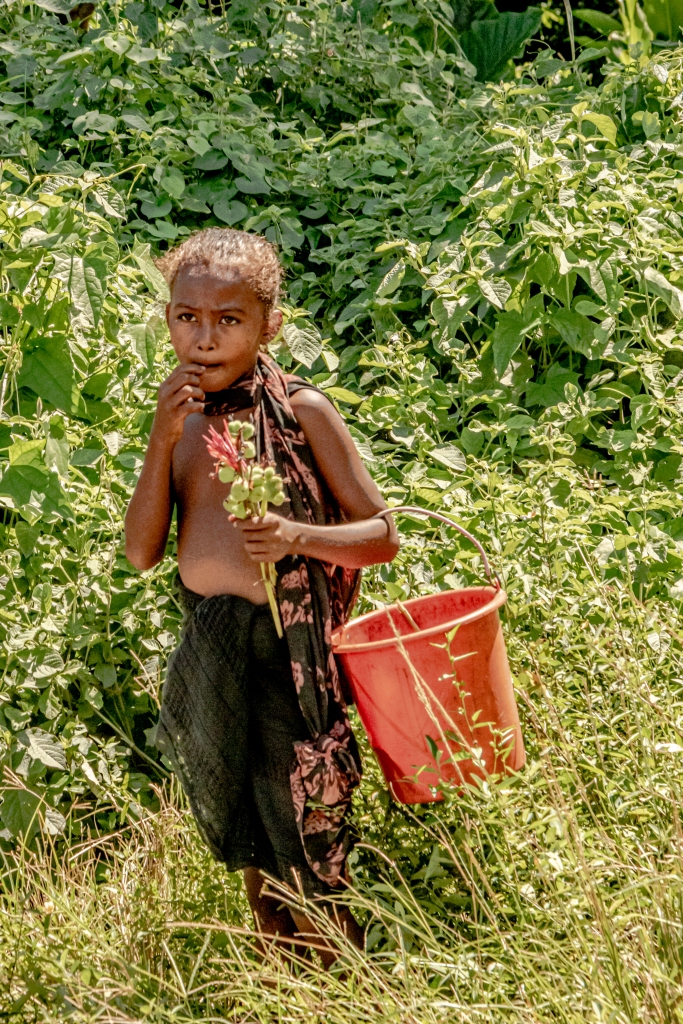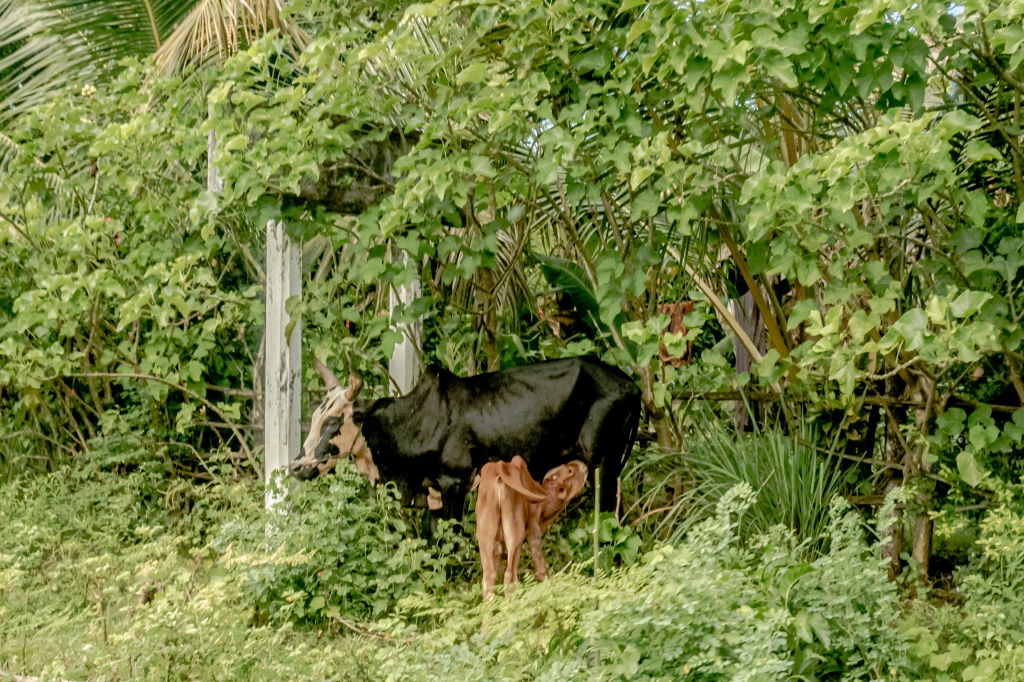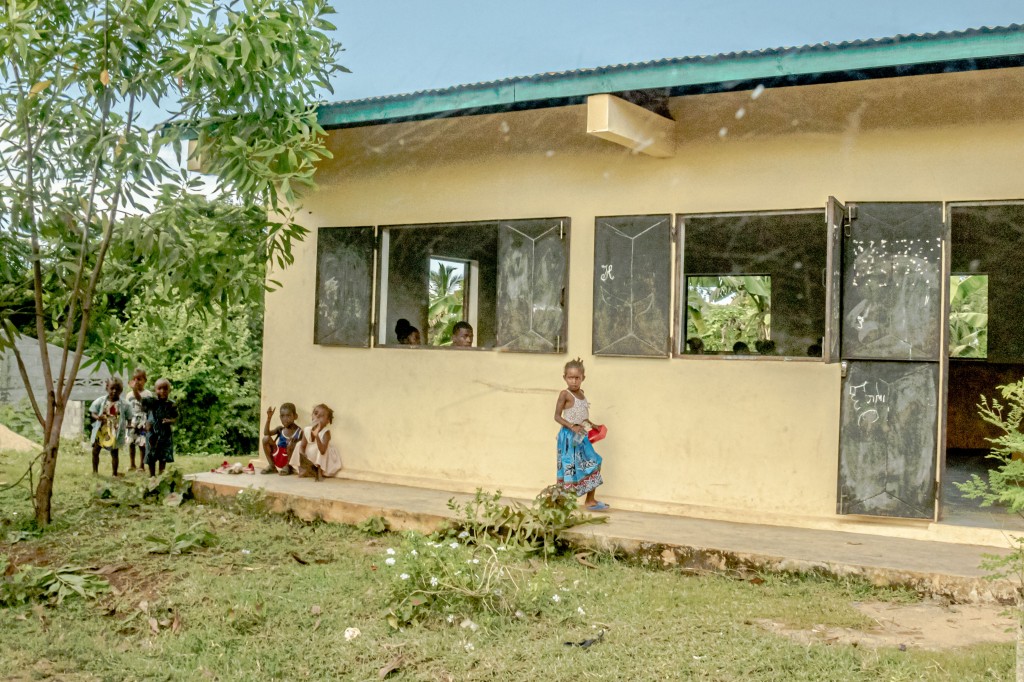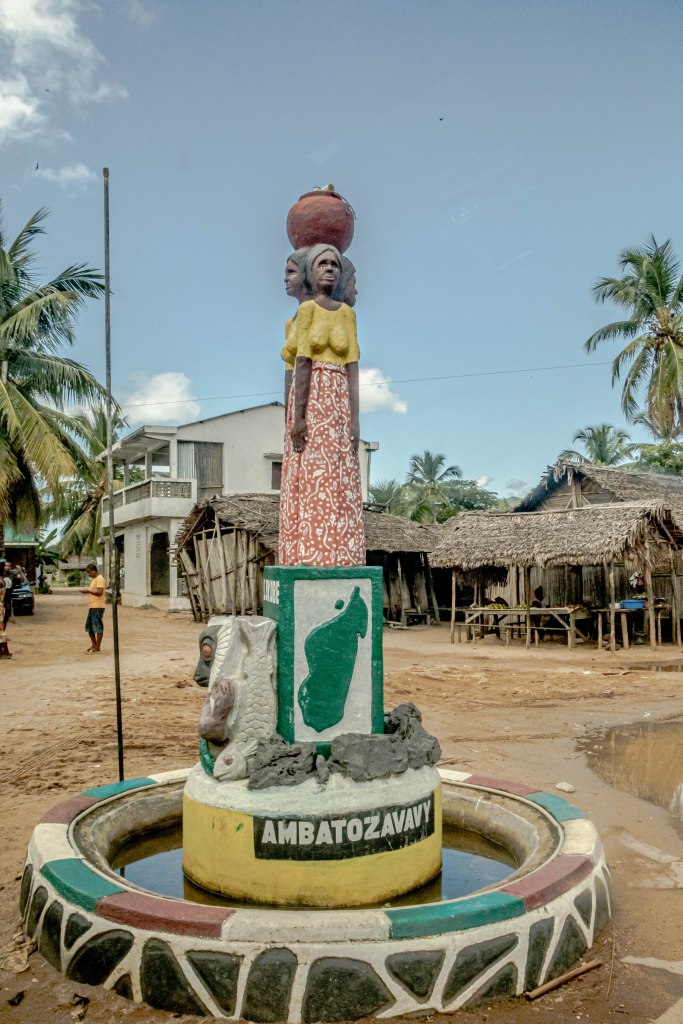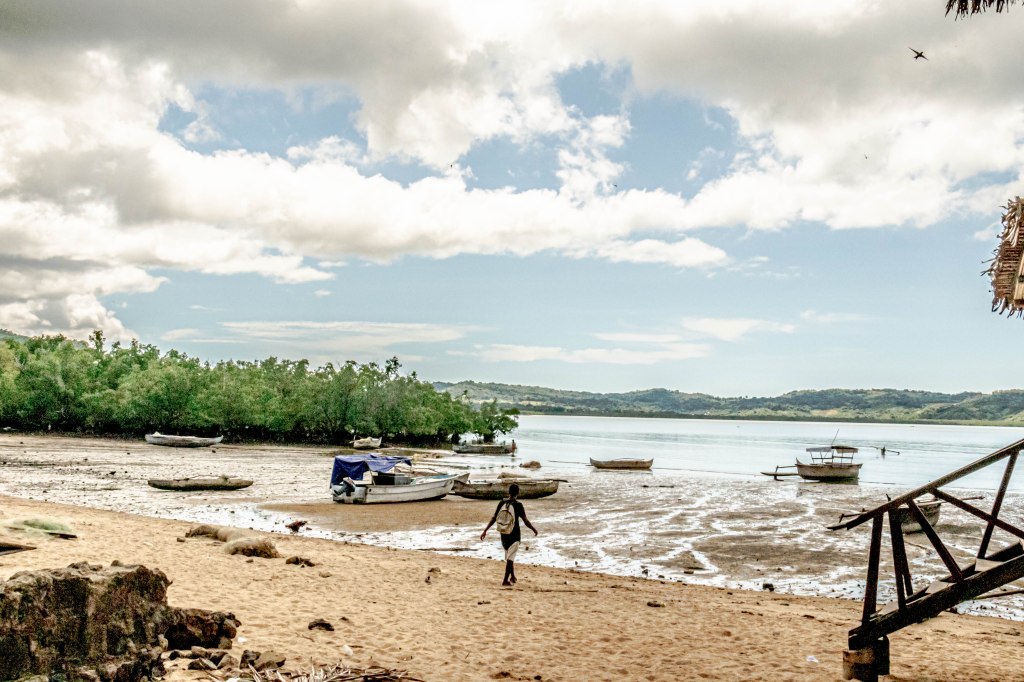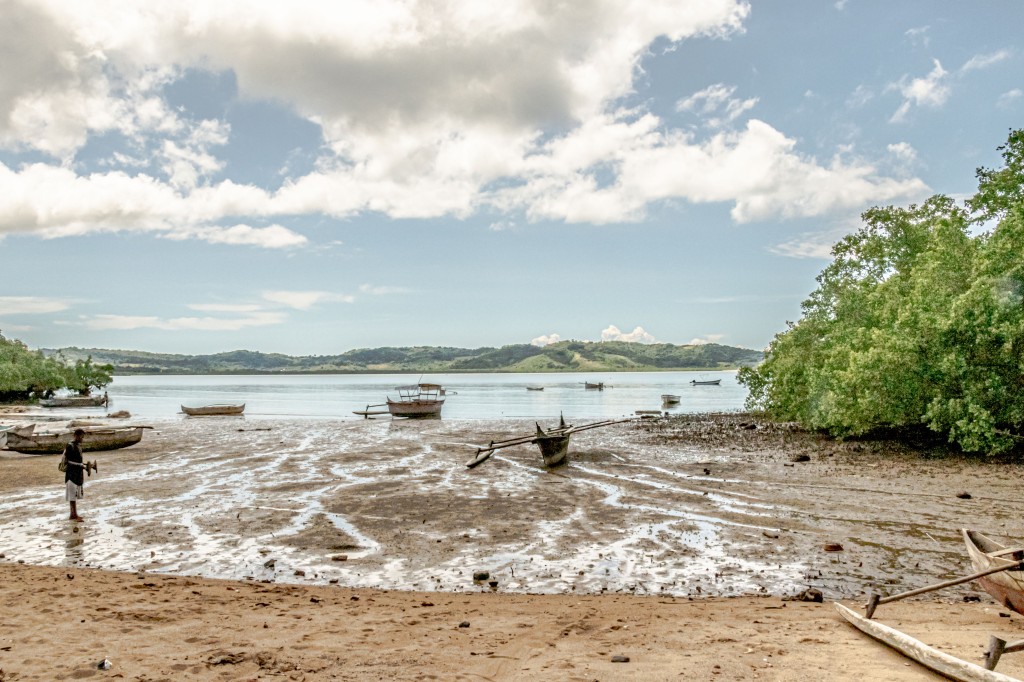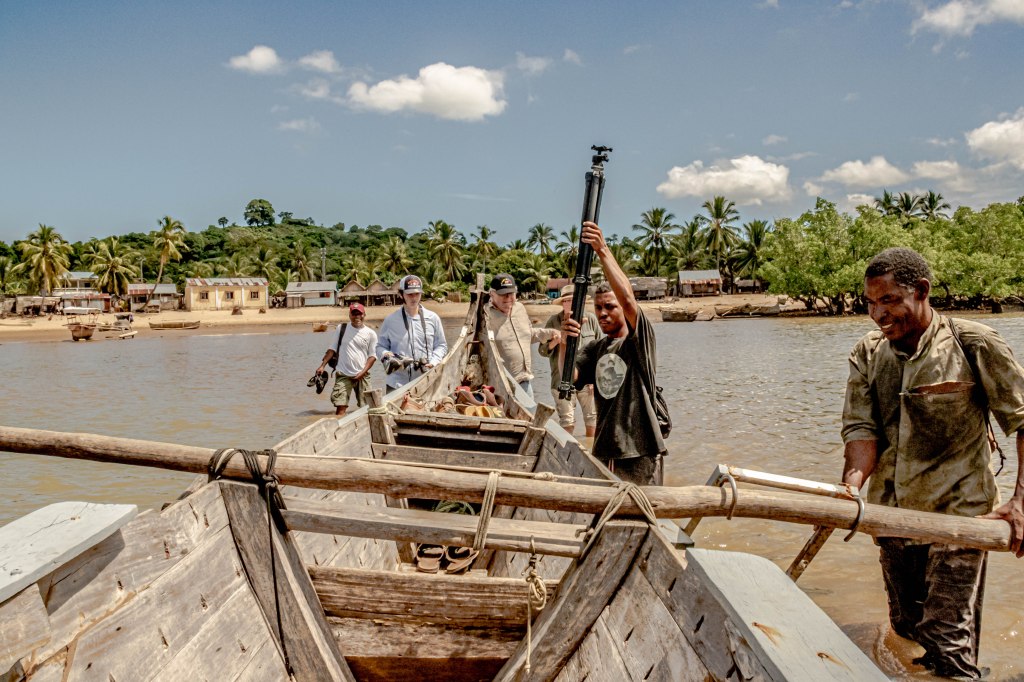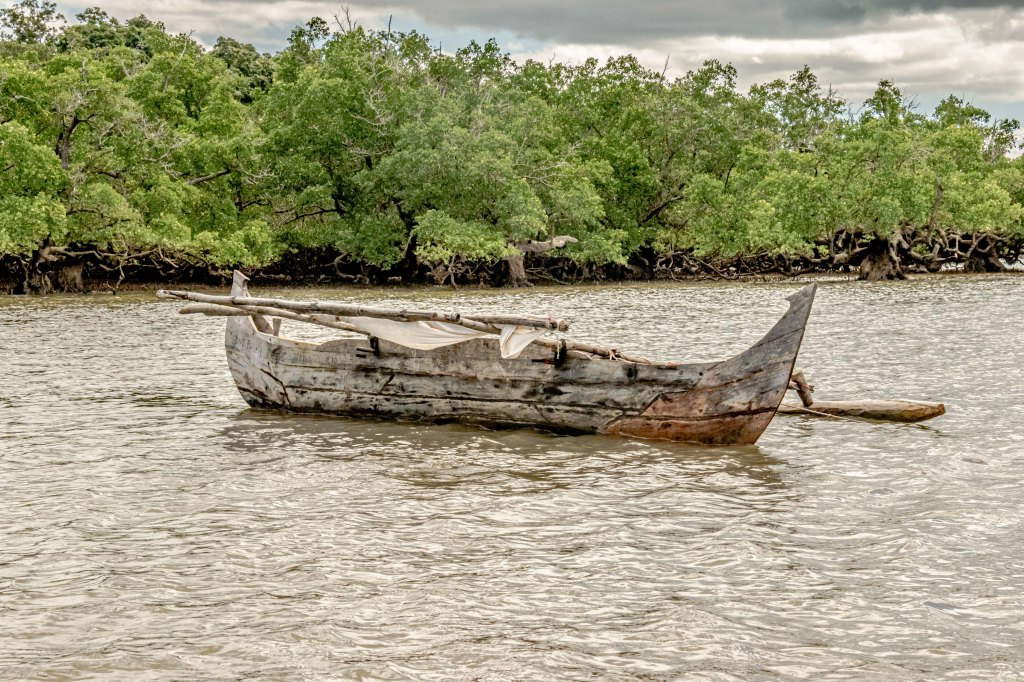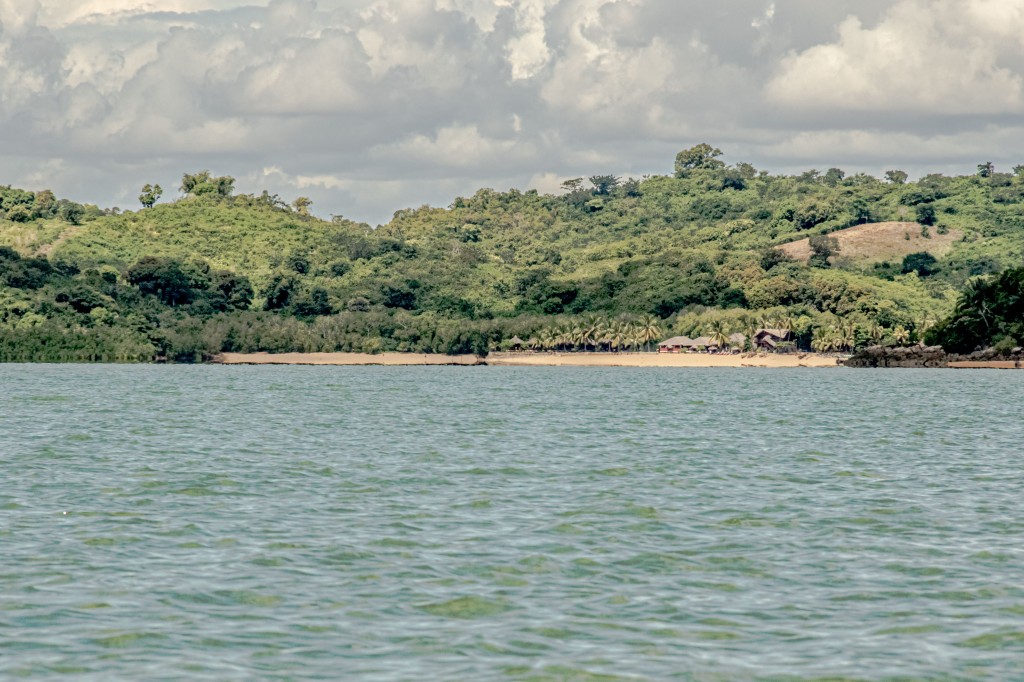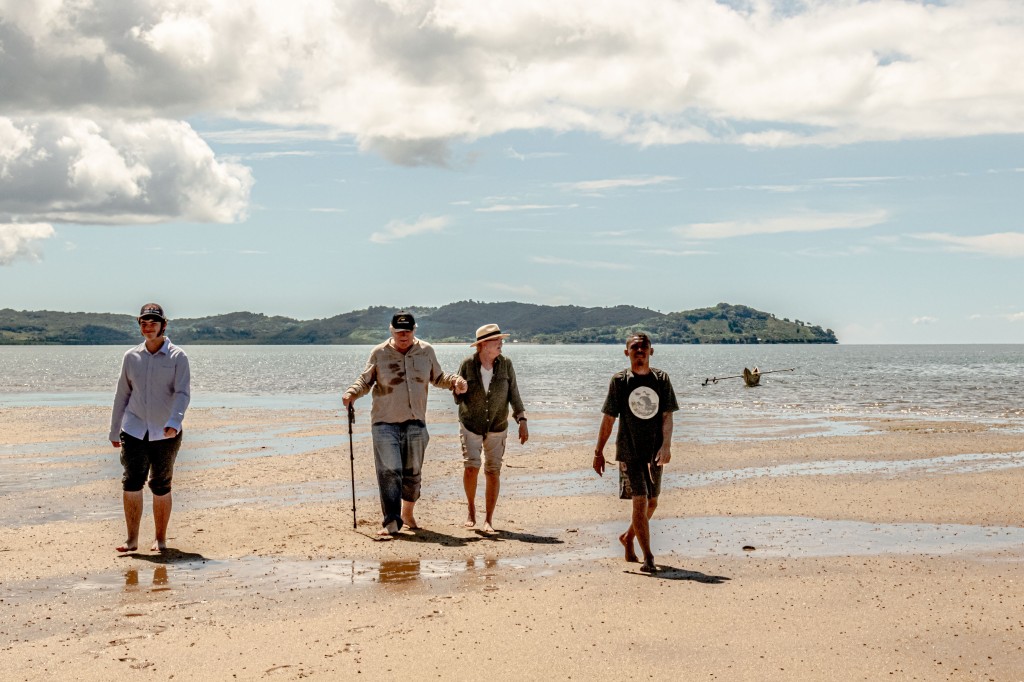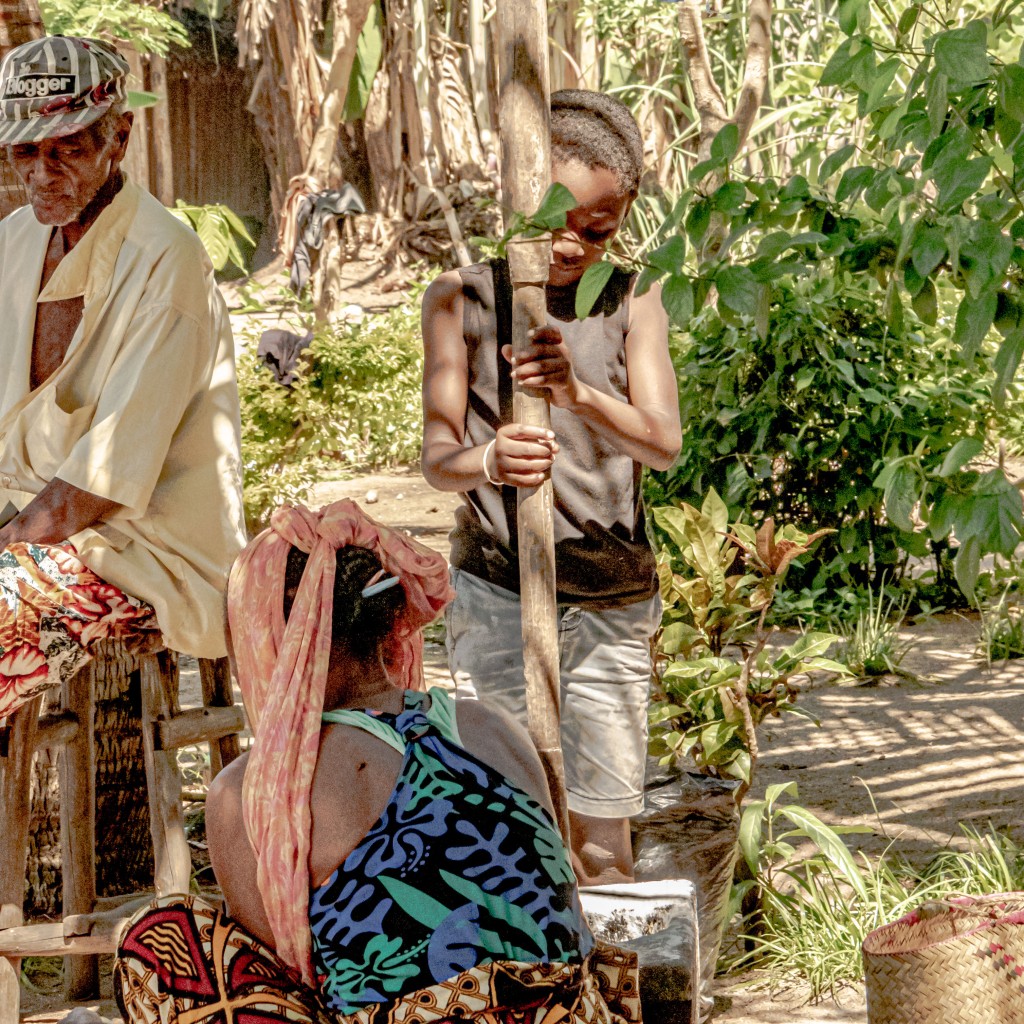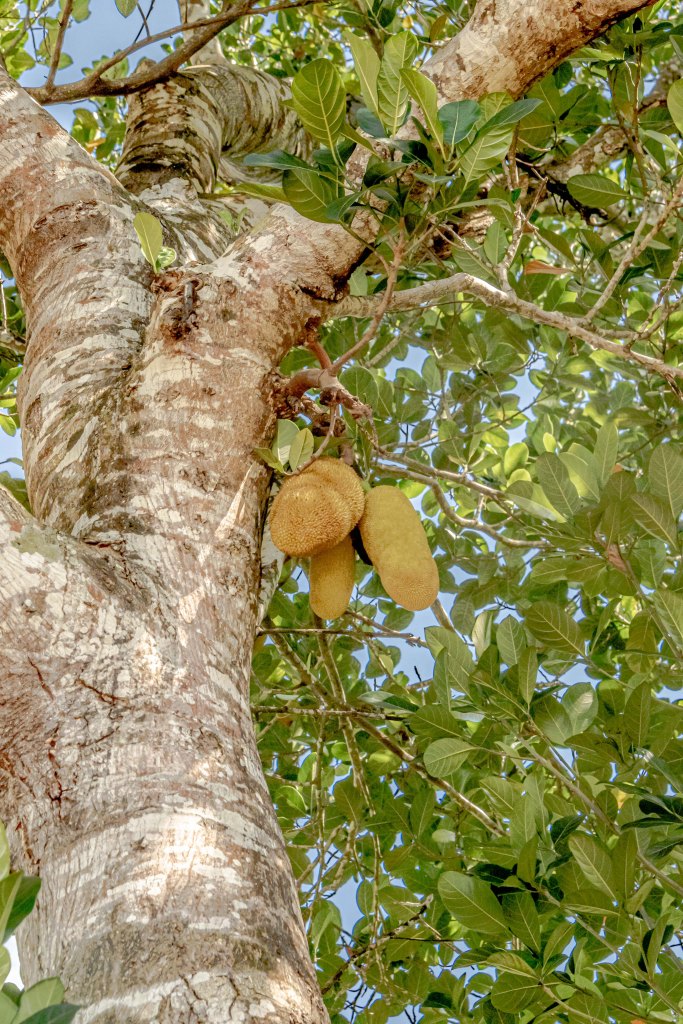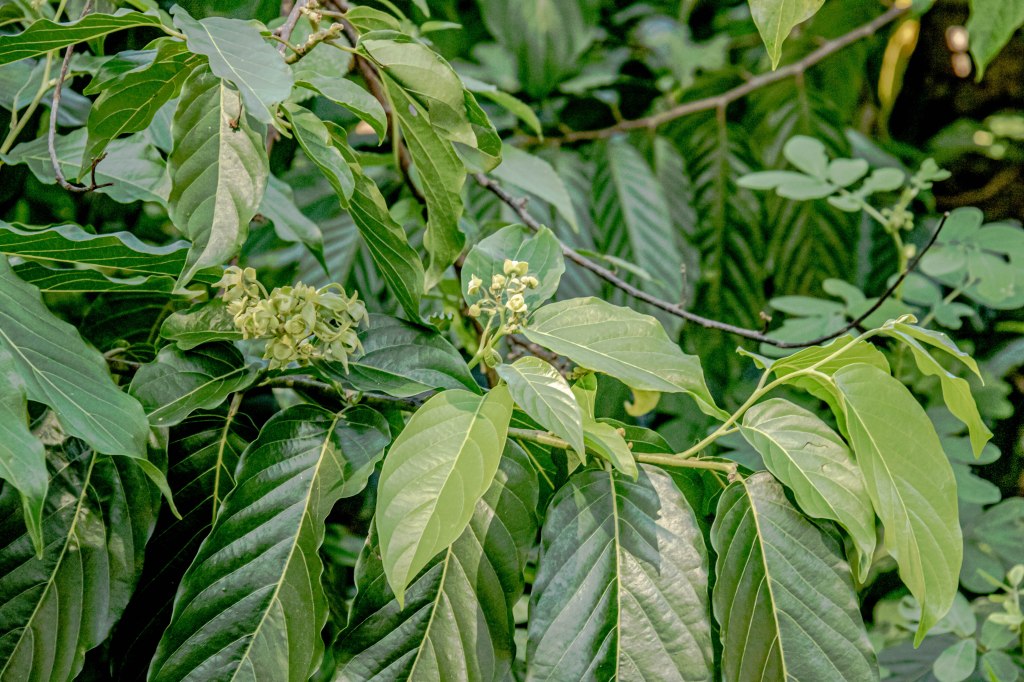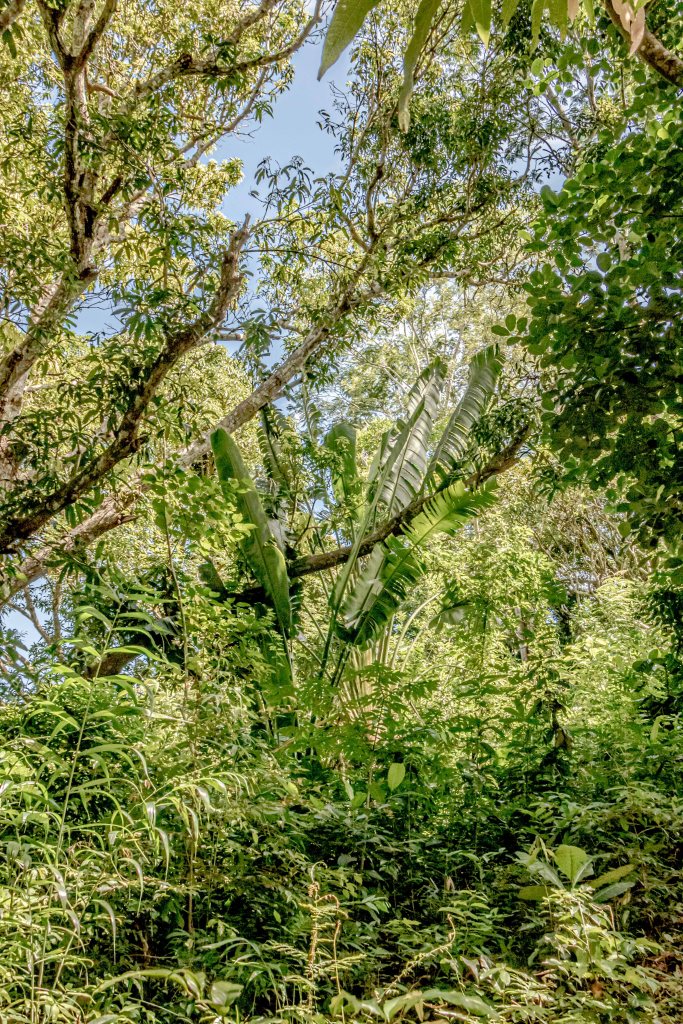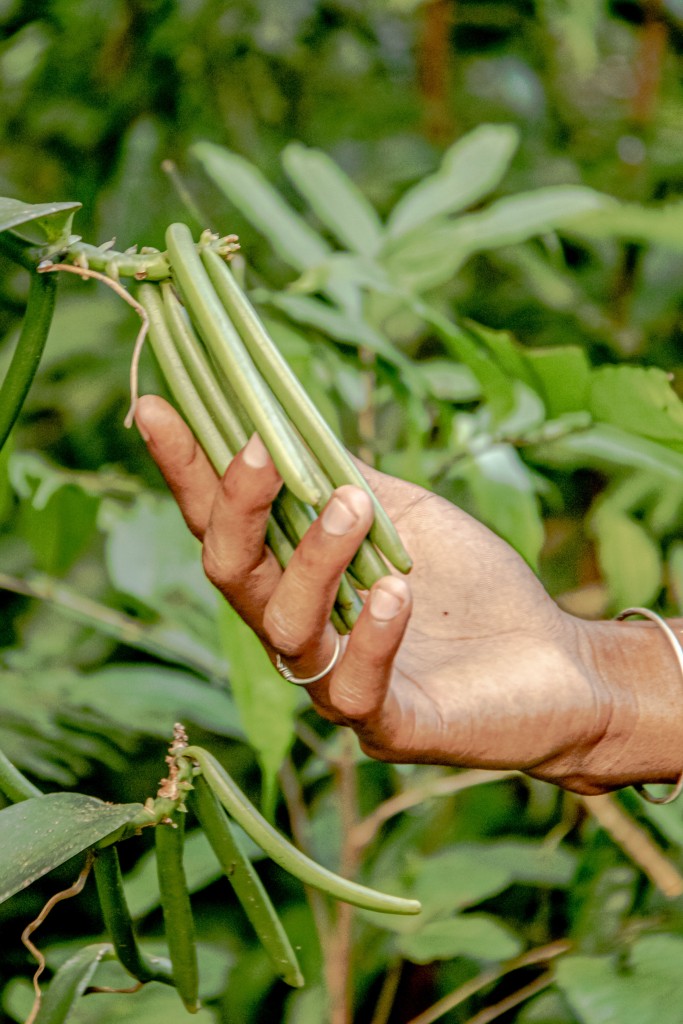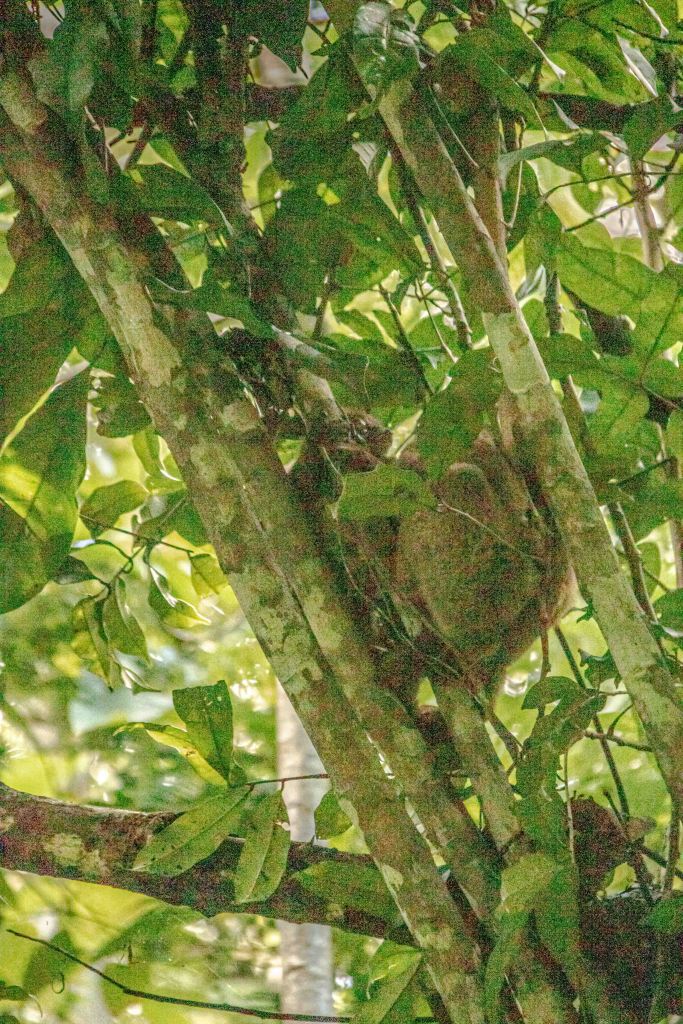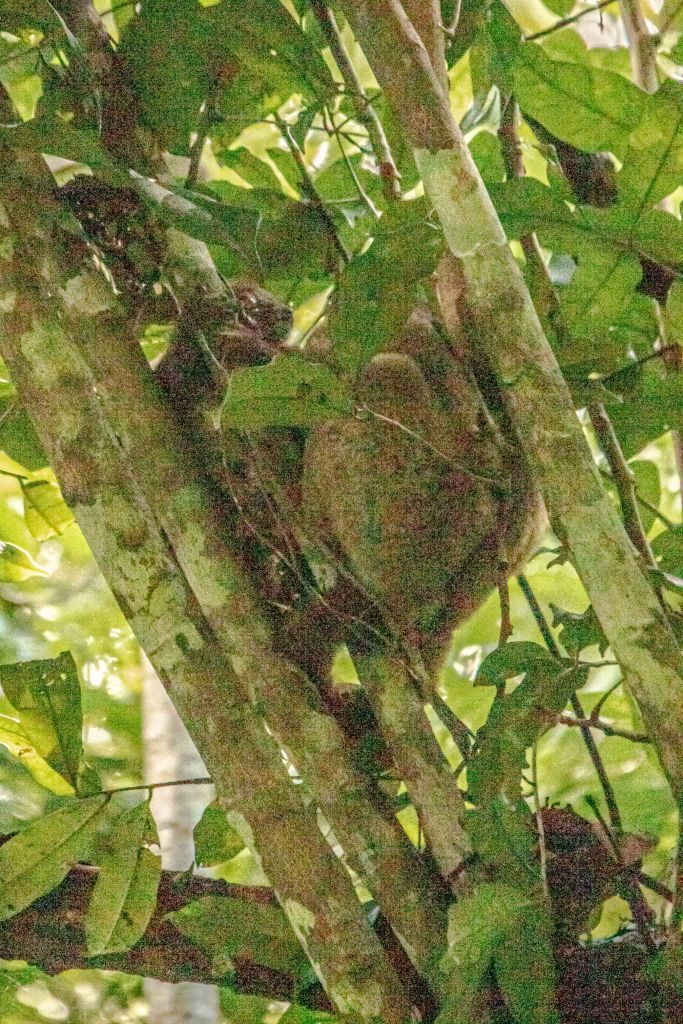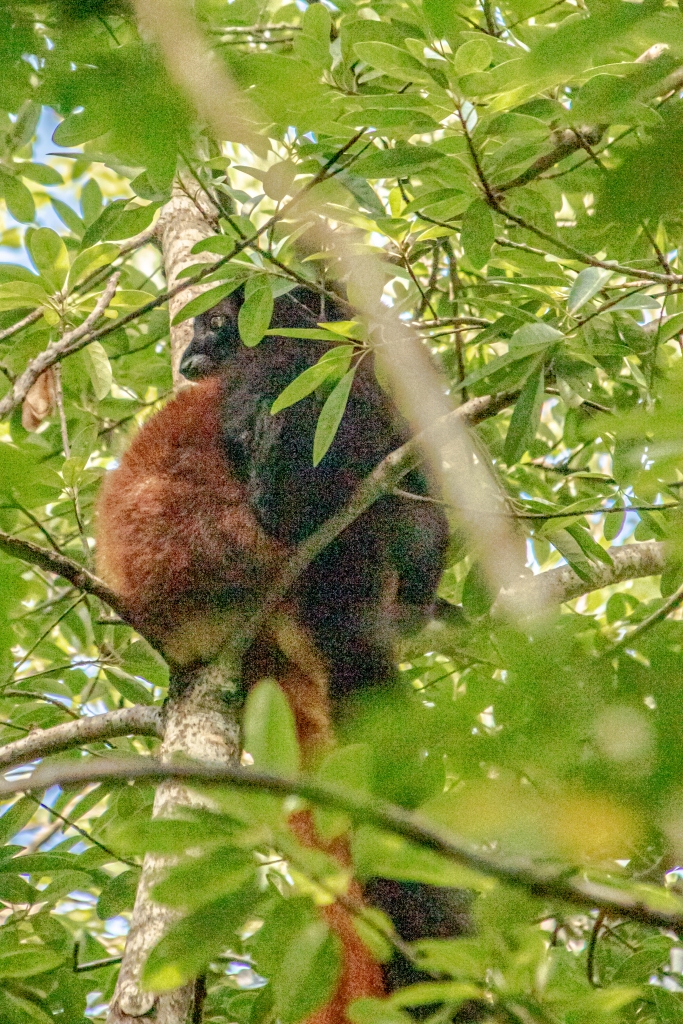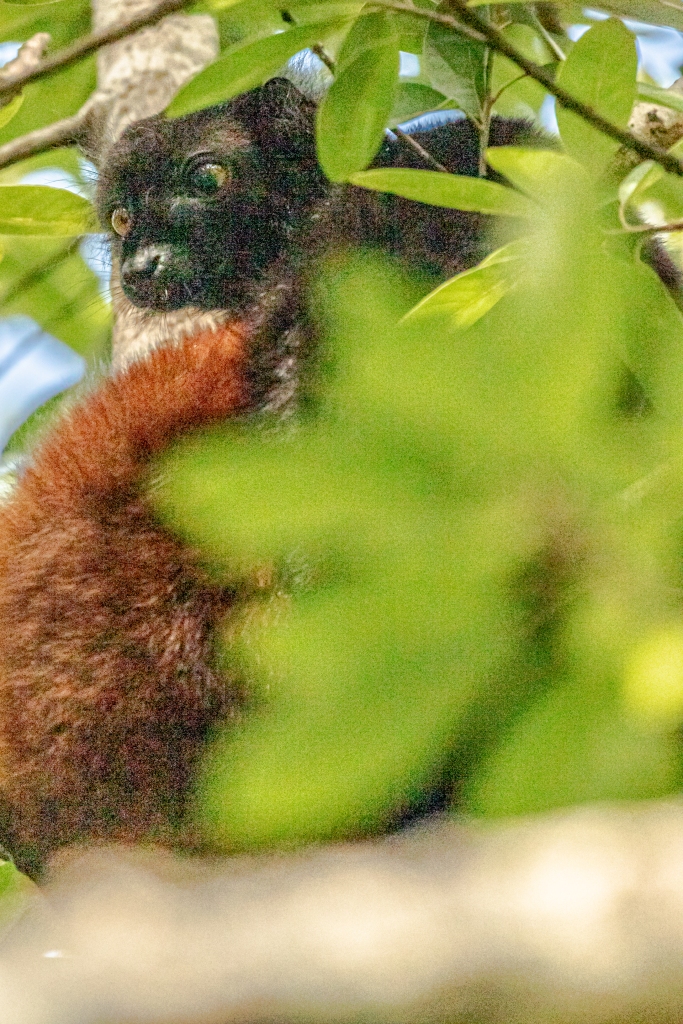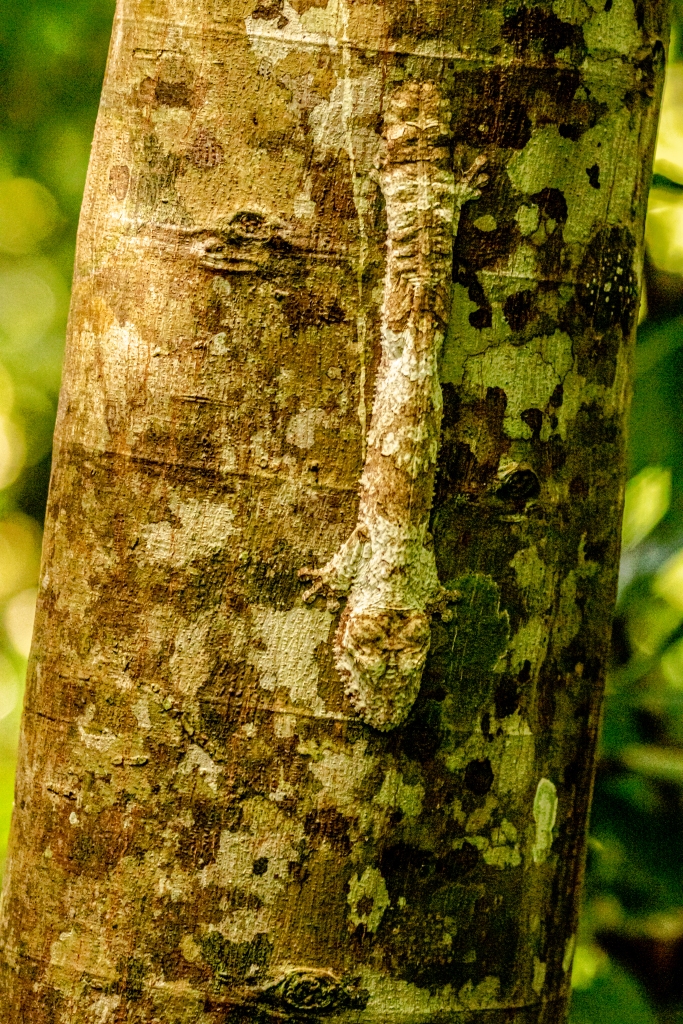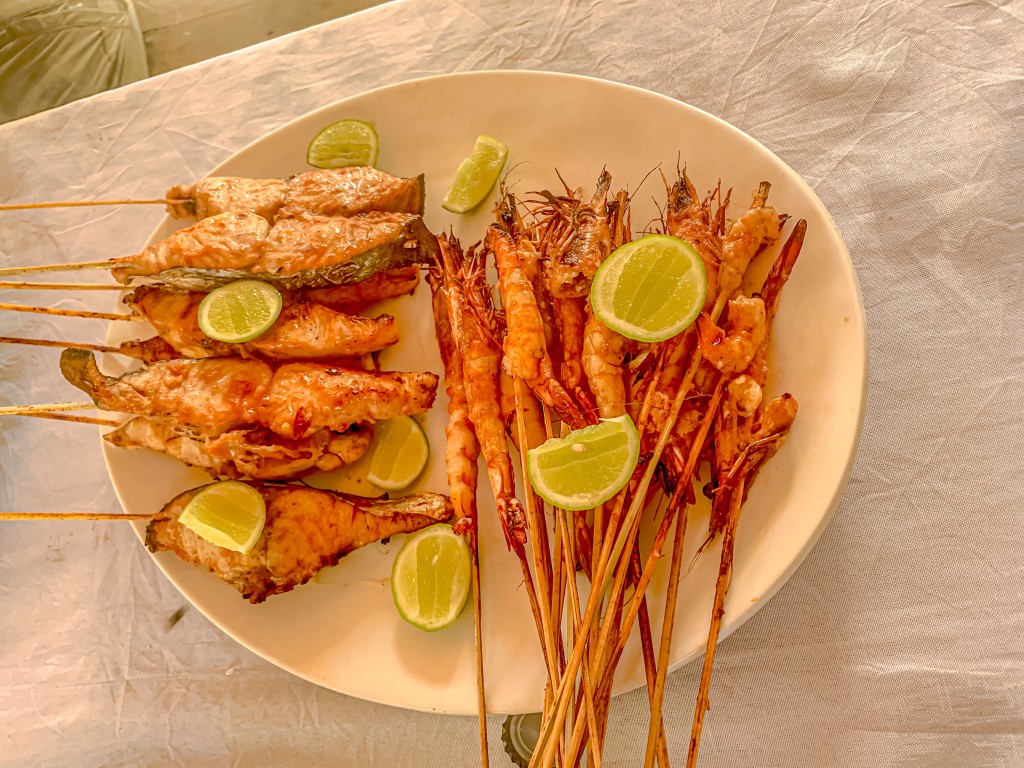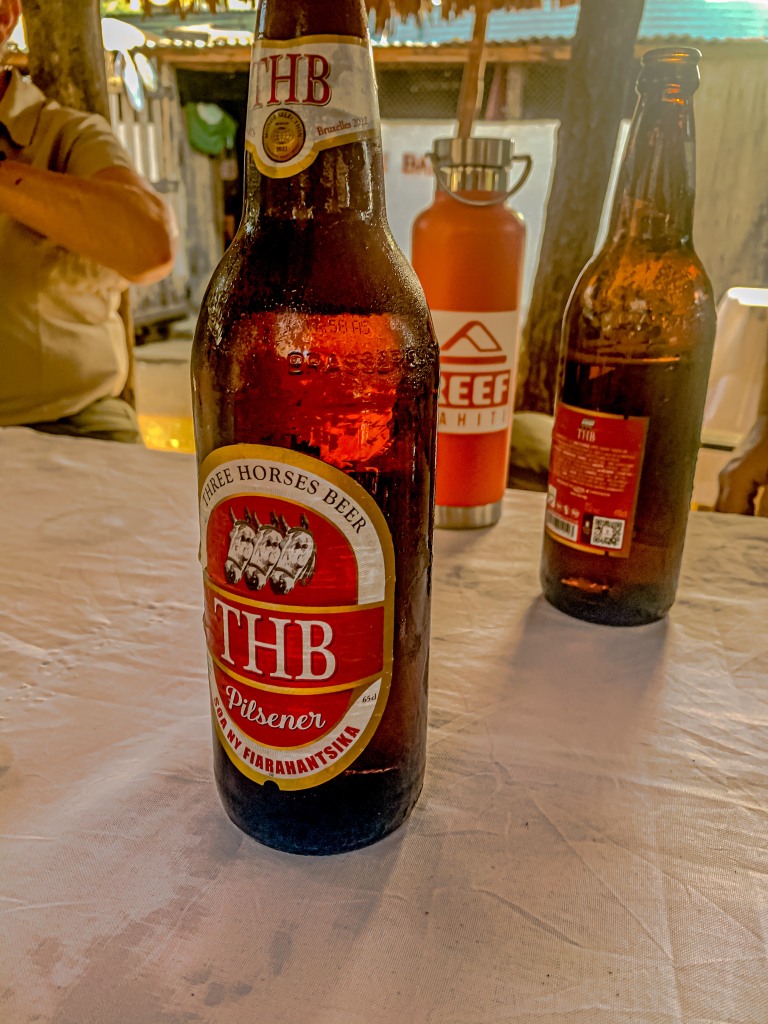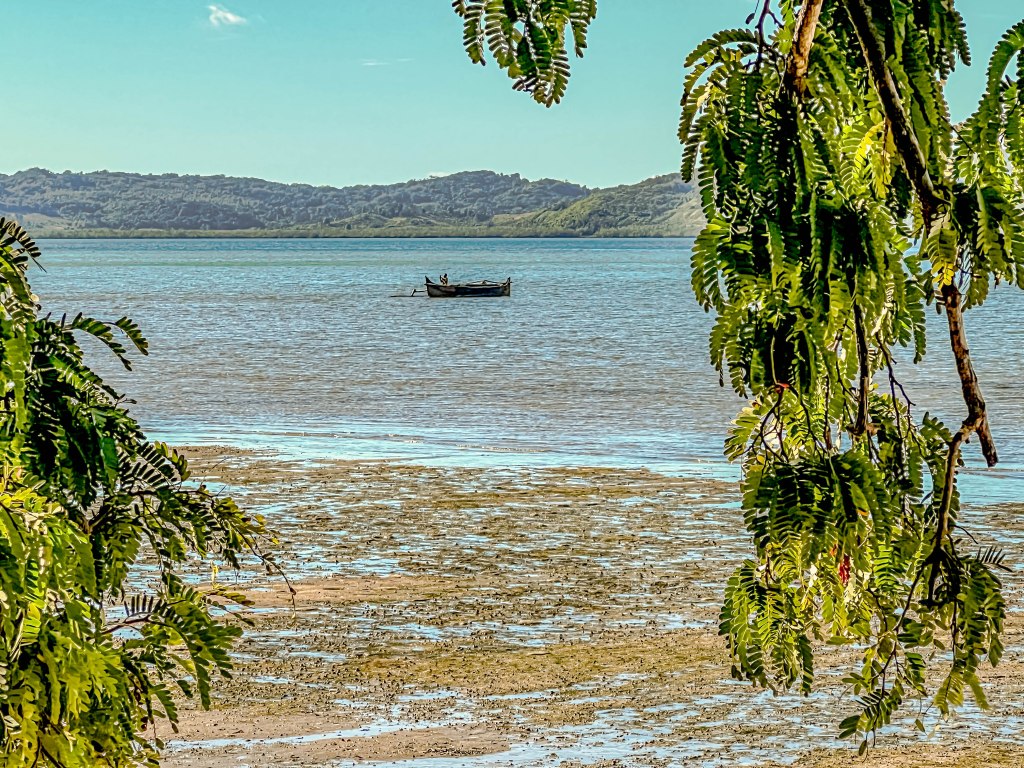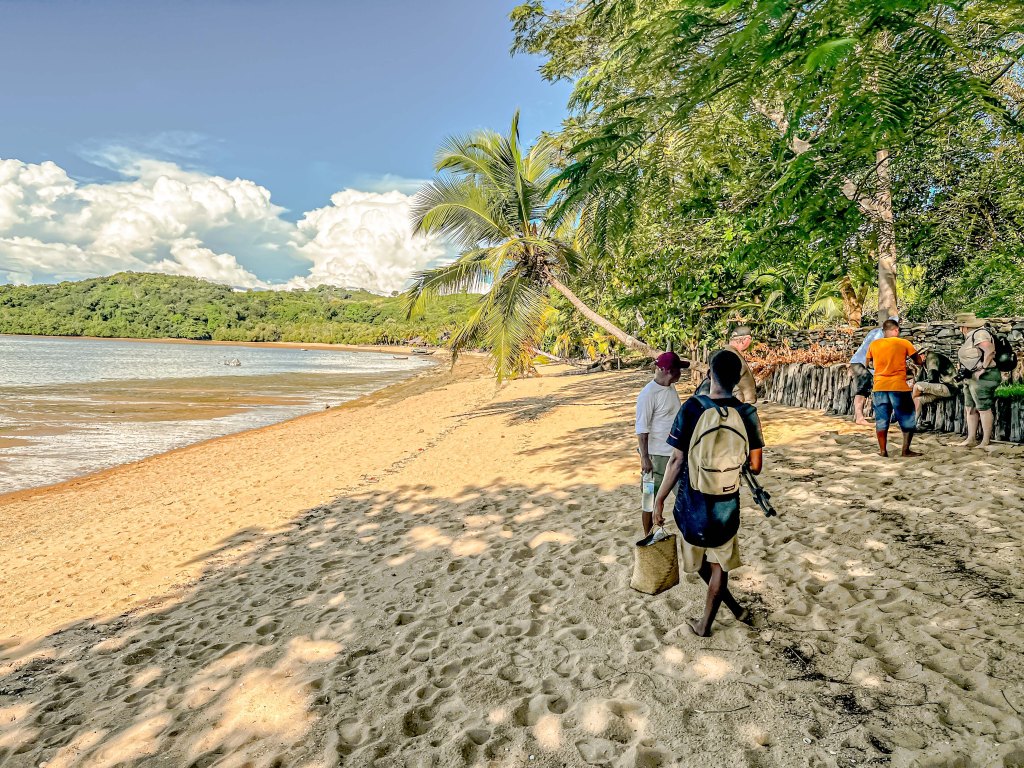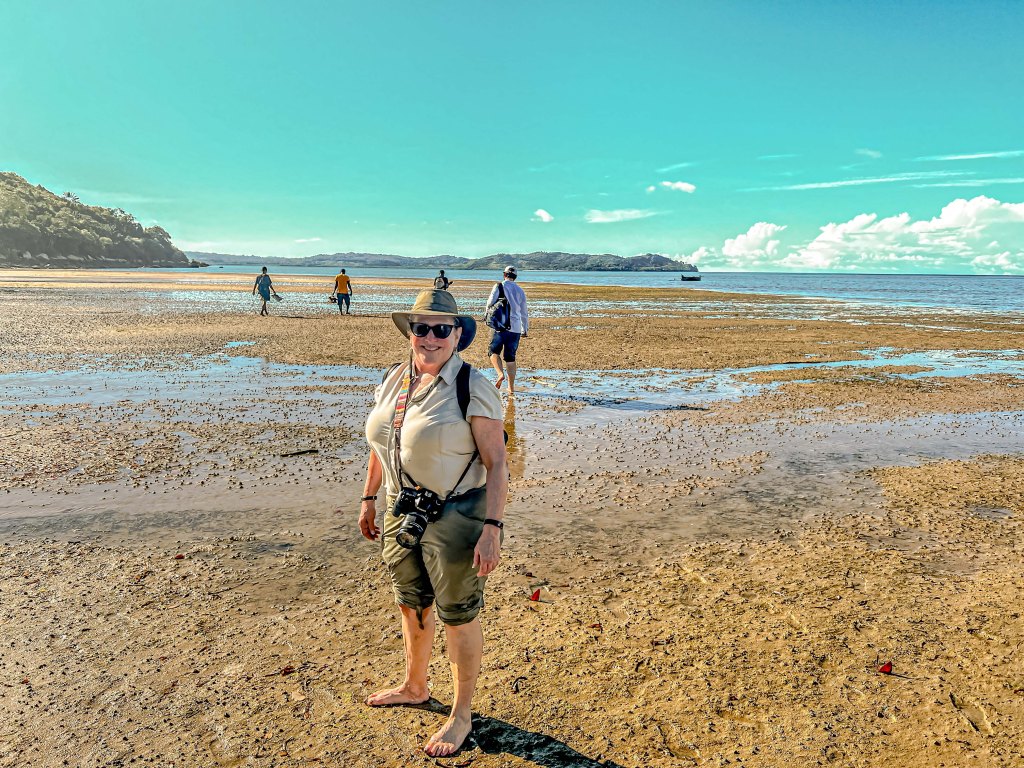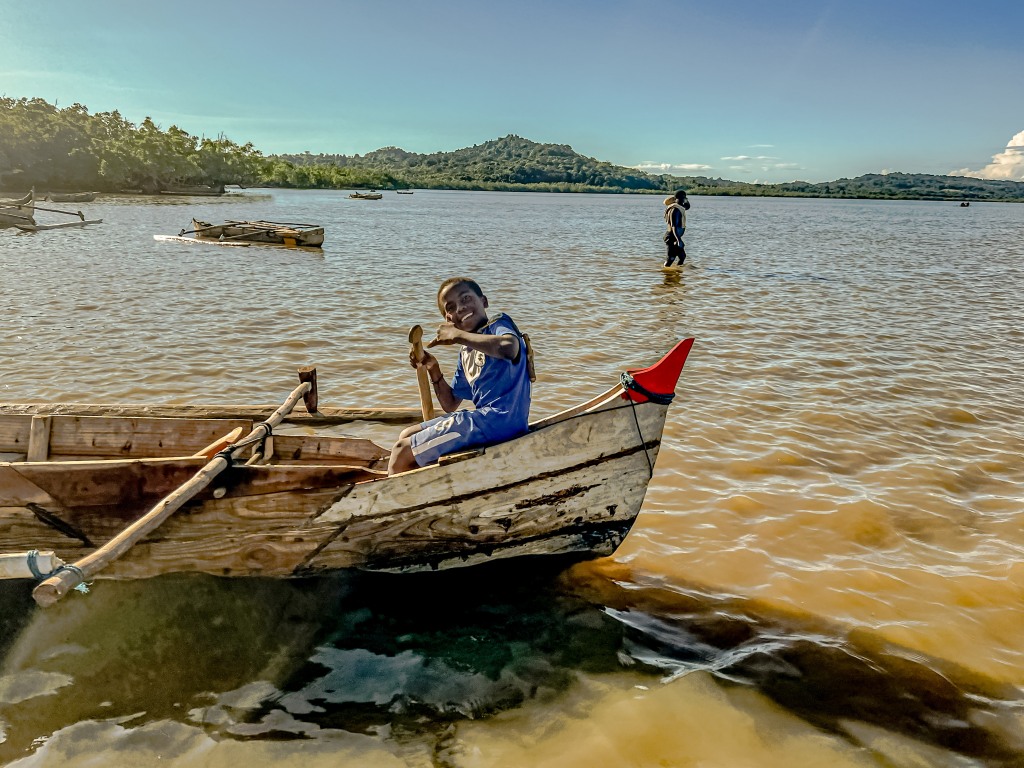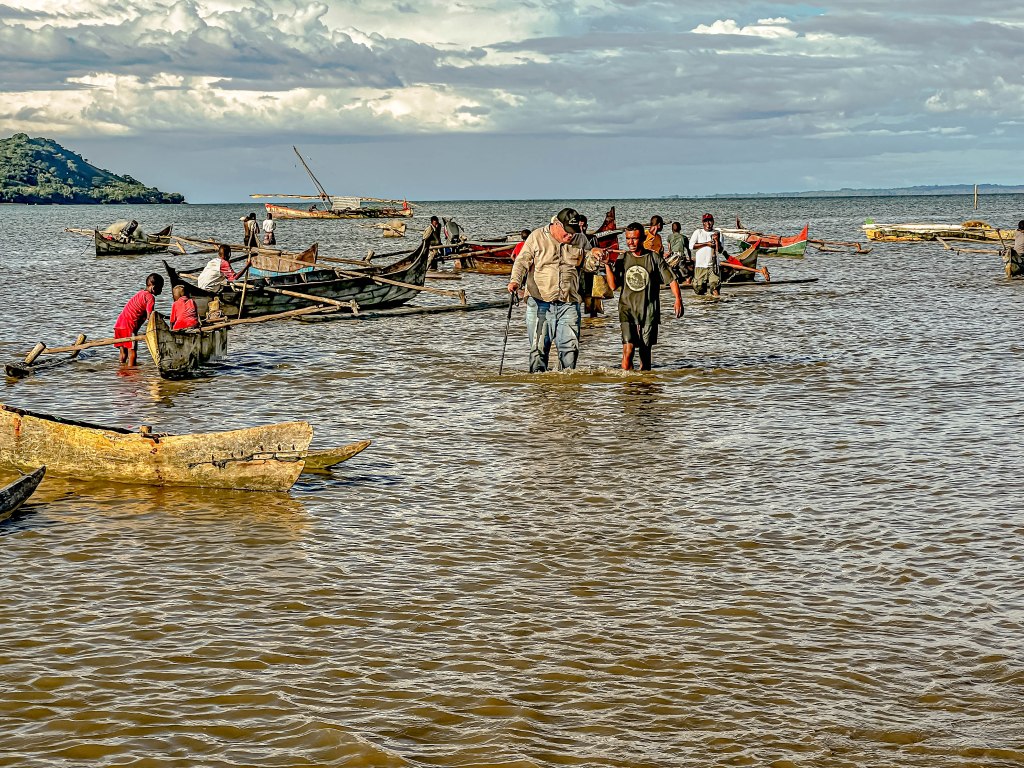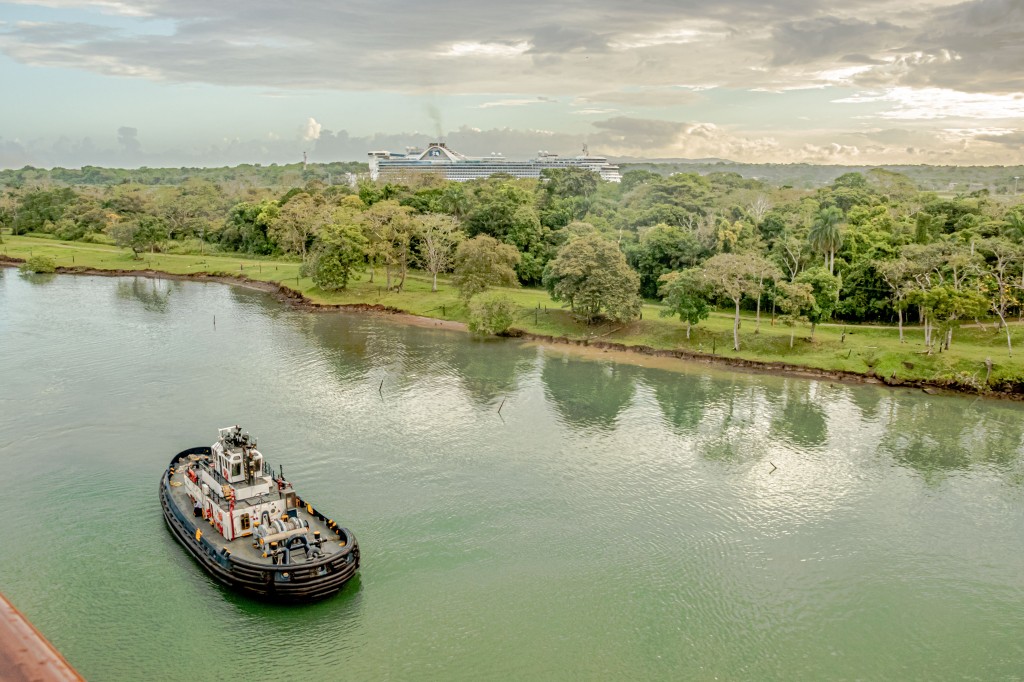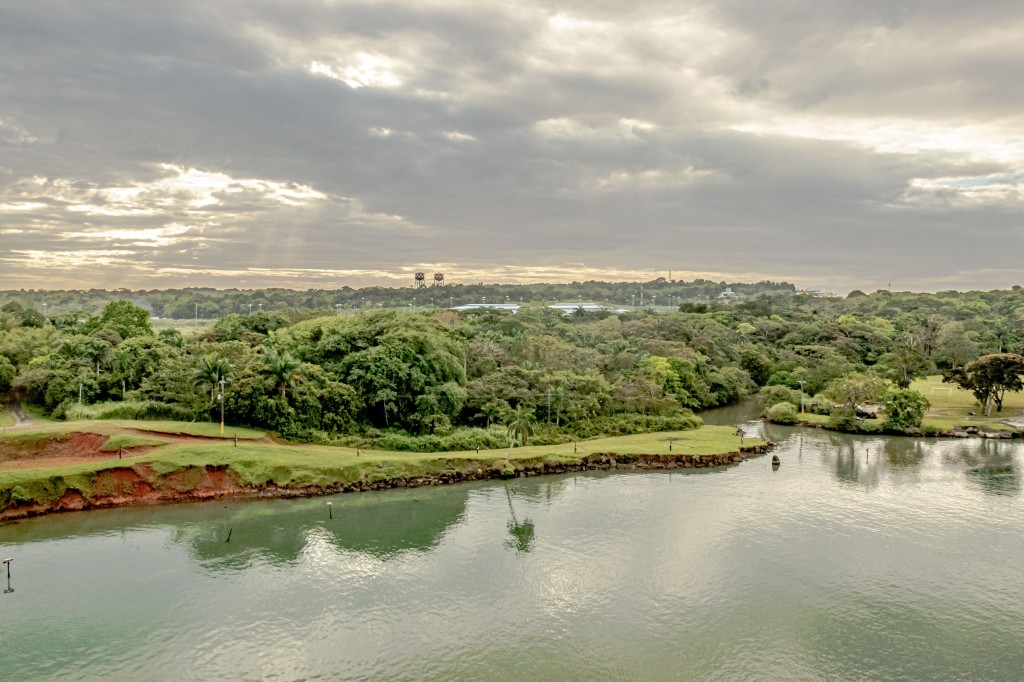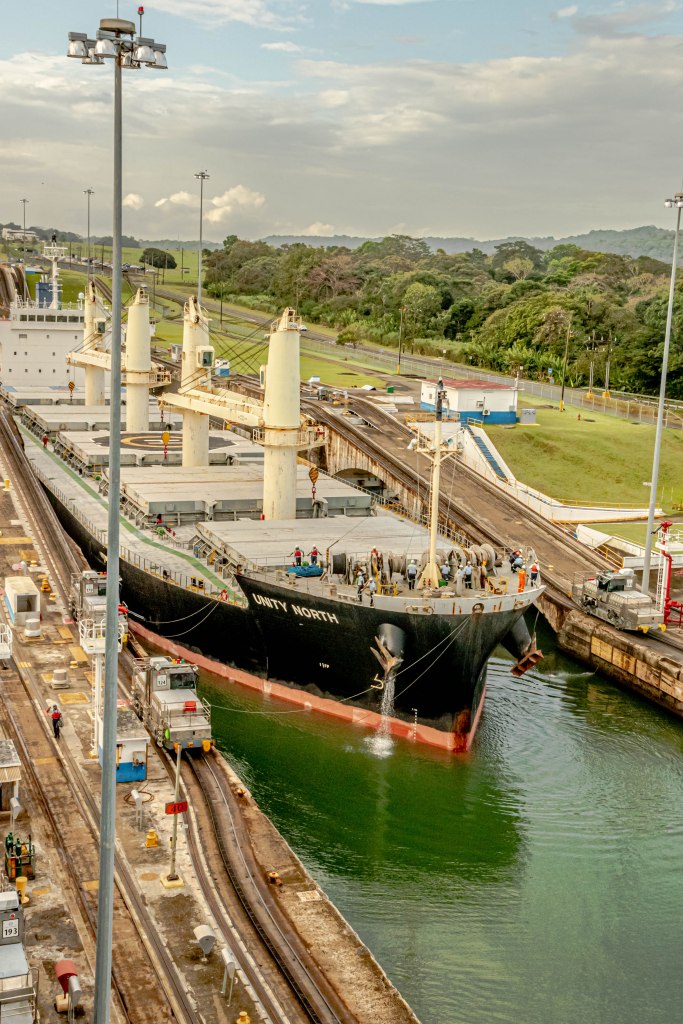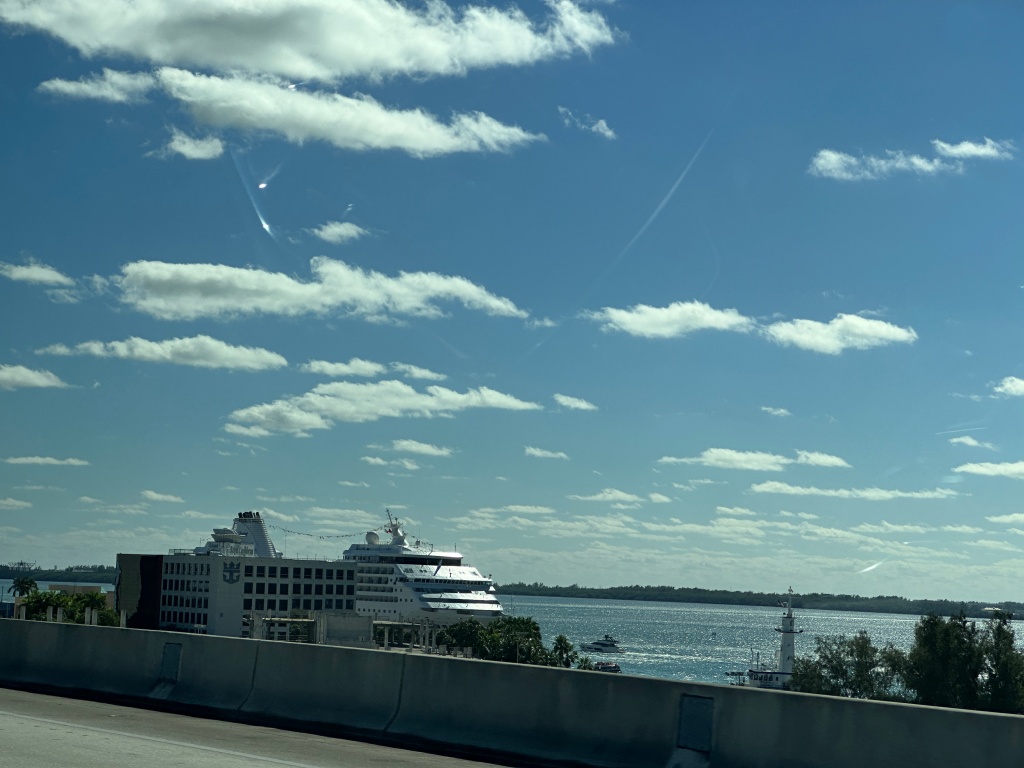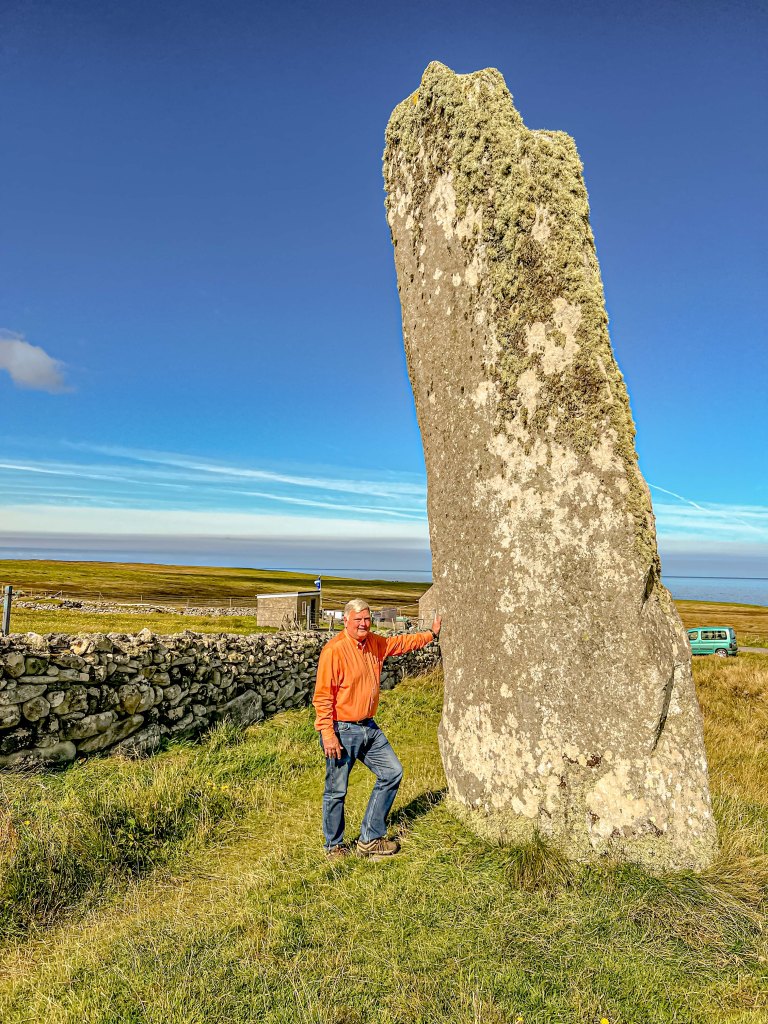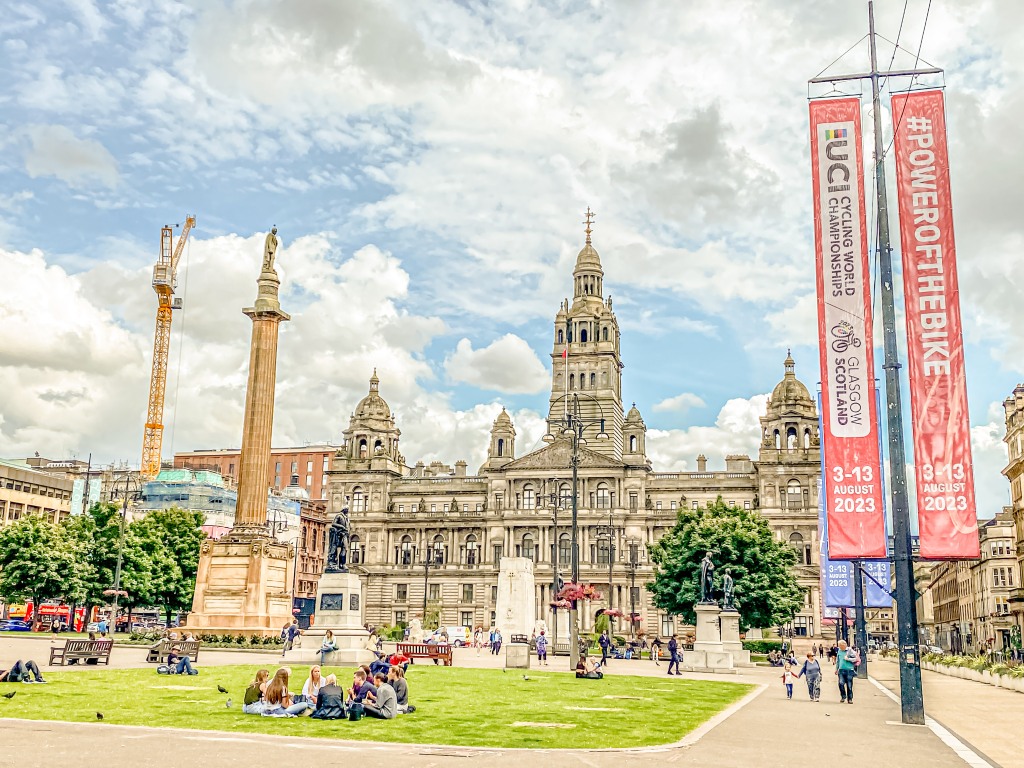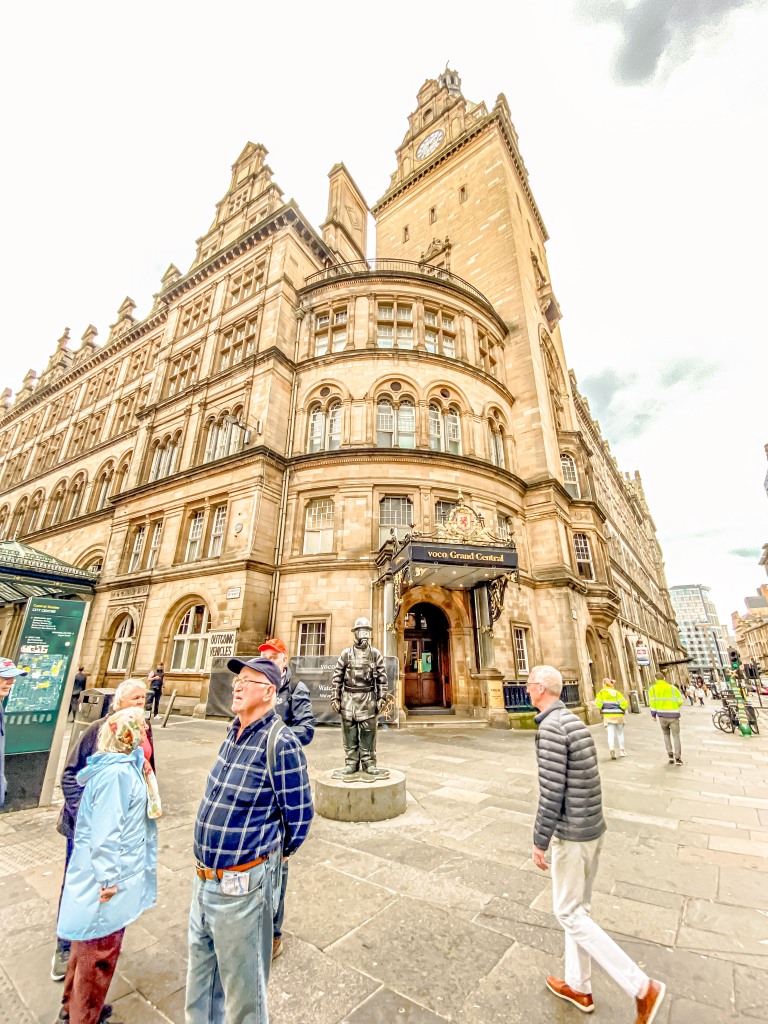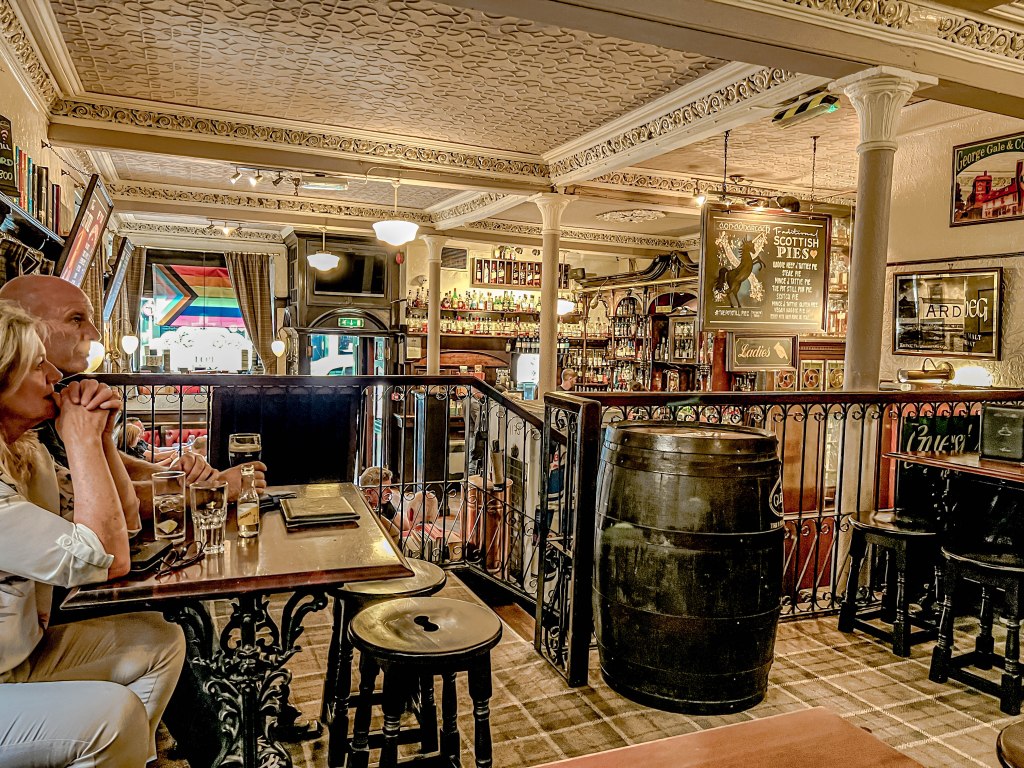March 23, 2024:
Dear Readers:
The Gringos are on the road again; this time on an epic journey which will take us from India to Japan, across the Bering Sea through Alaska, and ending in Vancouver, B.C.
After 32 hours of travel, we landed yesterday afternoon in Jaipur, India (called the “Pink City”, because of all of its pink architecture). The city is divided into the old and new parts. The old part refers to the ancient communities which grew up around the Amber Fort atop the Arawali hills surrounding Jaipur. The new part refers to the sprawling metropolis down in the flatlands which was established in 1727 by the Maharaja of Jaipur in 1727. Today, Jaipur’s population is 4.5 million people.

As we drove from the airport, in the center of town, we saw huge ornamental structures which act as gates to a huge Central Park. Our first view was of the rear gates, before we went around the park and saw the very elaborate edifice called the Patrika Gate. This park and the Patrika Gate are right next to our hotel for the next couple of nights, the Taj Rambagh Palace. The hotel’s buildings and grounds are still owned by the Maharaja of Jaipur, but leased to the Taj Hotel to run. Adjacent to the hotel are the polo grounds, and many of the Maharaji have been world class polo players.
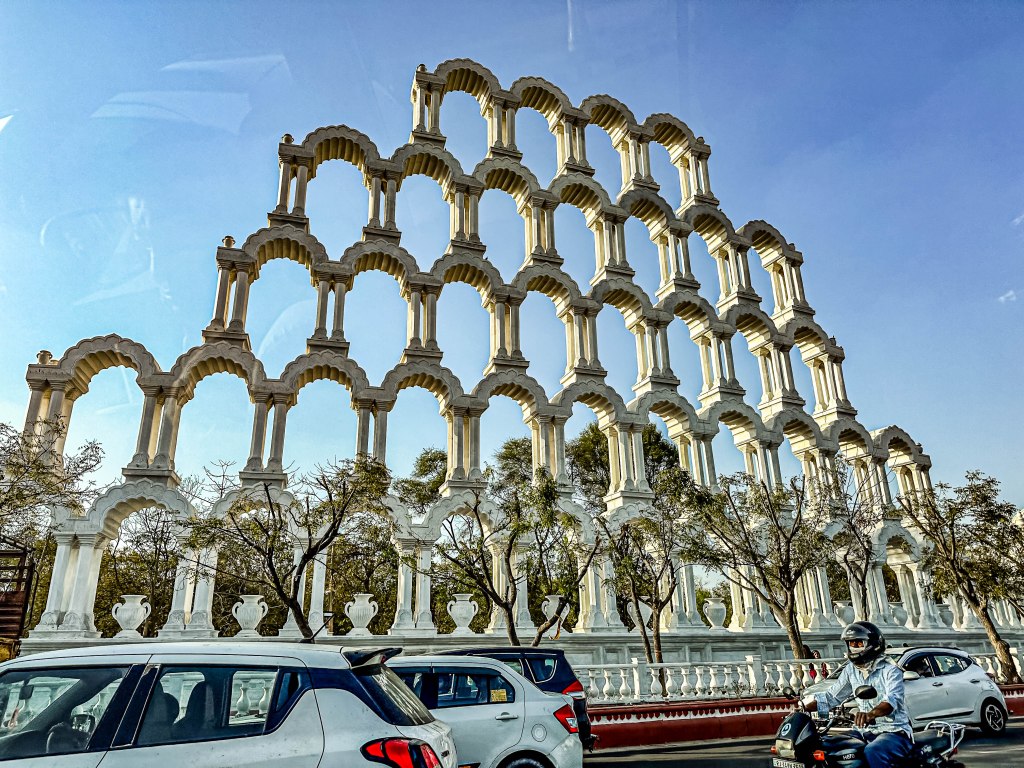
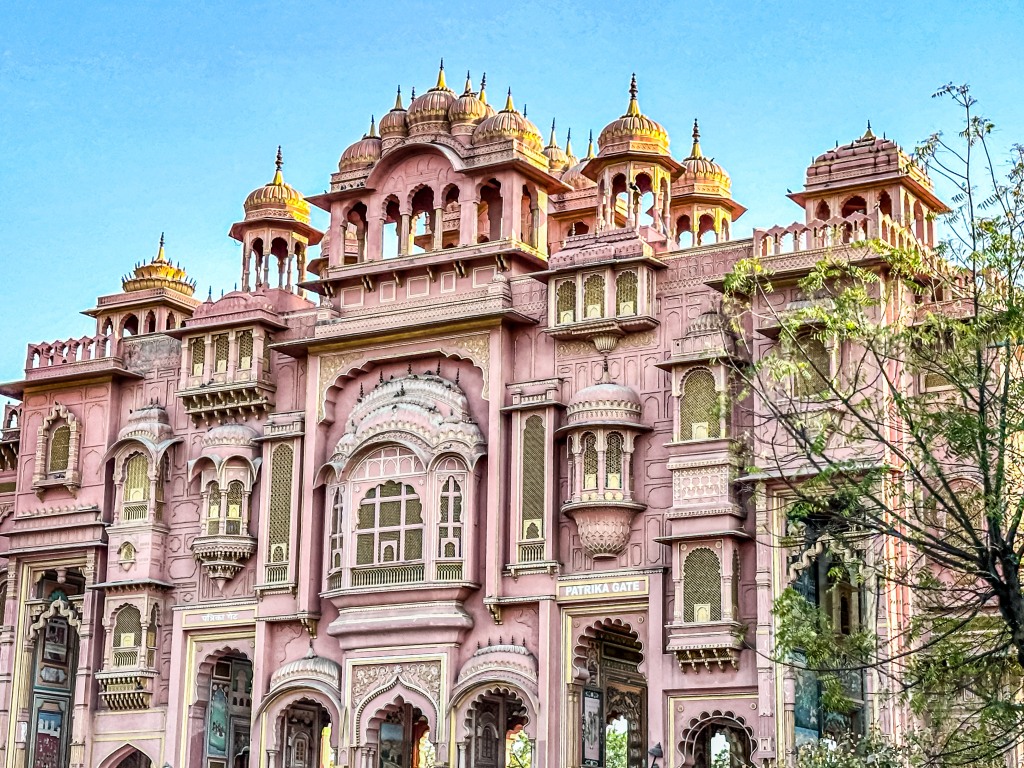

As we walked to the hotel, we were greeted by a cloud of rose petals thrown; over us and given jasmine leis. The whole interior of the hotel is perfumed with a floral room scent, . We had a tour of the grounds, which were stunning, with gardens, fountains and peacocks on the lawn. The whole effect was very exotic, but magical. Jim and I finished the day with dinner at one of the many restaurants on the property, called “Steam” because one of the dining rooms is in a converted railway carriage.






After great sleep last night, we woke up this morning and enjoyed a great breakfast in our hotel. Our hotel still belongs to the royal family of Jaipur, but after Indian independence in 1947, they no longer have any control over the government. Nonetheless, they appear to still be very influential (and rich).
“Our Lady of the Aggressive Schedule” has planned a doozy of a day today; our only day in Jaipur! Jaipur is actually two distinct cities; there is the old city, which is about 10 km outside of town and consists of the Amber Fort and the town surrounding it. The New City was a planned city, and was the first planned city in India. Construction began in 1727, by the Rajput ruler of Amer, Maharaja Sawai Jai Singh, who ruled from 1699 to 1743. The term “Sawai” is a term of respect connoting that the person with that title is unusually intelligent and learned (in Vip’s terms, a “super brain”) and Jai Singh clearly qualified as one! The move was necessitated by the growing population, and the increasing scarcity of water. When he moved to create the new city which became Jaipur, he also built a new palace and a royal observatory. We will be seeing all of those sites today.
But first, we made a stop in the new city to see the Palace of the Winds. Our guide, Vip, was very knowledgeable and connected. He told us the best views of the Palace were on the roof of a building across the street. We entered up a long flight of stairs into a nondescript entrance and then went into the Tattoo Cafe. From its roof patio, you can see the Palace of the Winds, but also, the New Palace, the Tiger Fort atop a local hill, and the Ganesh Temple atop other hillside. The Palace of the Winds is right in the middle of the bustle of the Pink City. VIP told us the women of the Maharaja’s household used to like to stay there to watch what was going on, and the cunning design of the Palace allowed them to watch from their cantilevered windows while being sheltered from view of the people below.






If you’re wondering how Jaipur came to be known as the Pink City, it happened because during the rule of Sawai Ram Singh II, the city was painted pink to welcome Albert Edward, Prince of Wales, in 1876. It proved so popular that many of the avenues in the Jaipur are still painted pink.

We then made a quick stop at flower and veg market. Here in India, everyone is preparing for Holi, the festival of colors. During the festival, people pelt each other with colored powders, as well as tossing flowers, leaves and flower petals. As you can imagine, this made the flower market particularly hectic, as Holi is on March 25th this year (in just two days). The Holi Festival begins with people making fires out of dried cow dung, and plenty of vendors had rings of the dung for sale. We saw both the wholesale and retail markets. The retail flower vendors just buy from wholesalers across the alley from where they are selling retail. Some people buy vegetables from the wholesalers and sell them door to door to housewives in the neighborhoods.
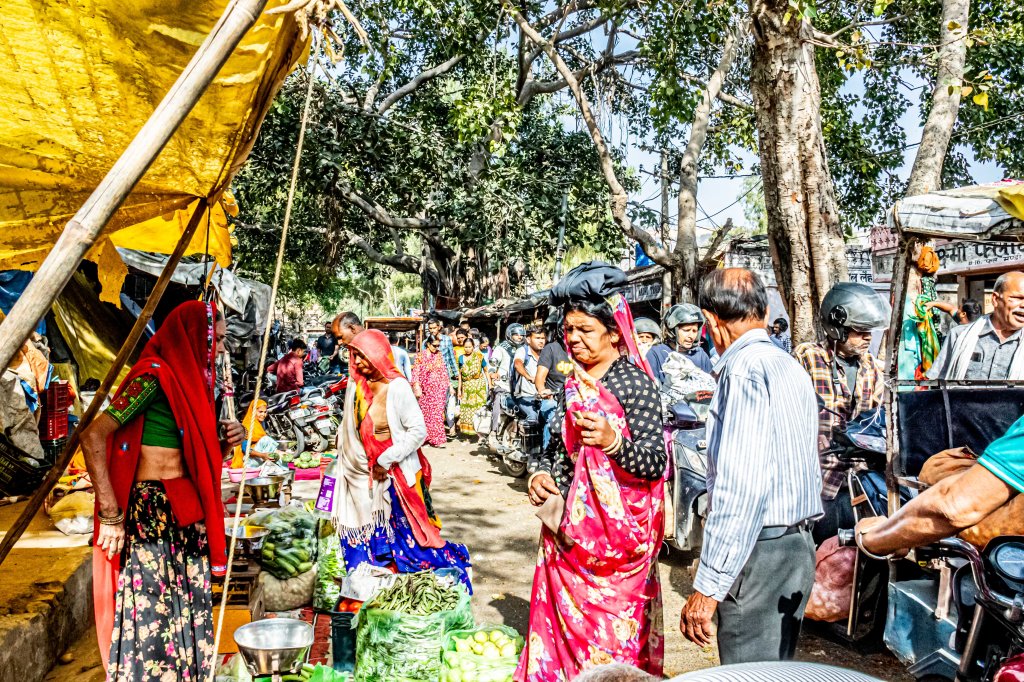





Our next visit was to the Amber Fort (pronounced Amer), which was built in the 1100s. This is a UNESCO World Heritage Site, and is a huge hilltop complex consisting of the Amber Palace (Amber Mahal); the fort complex, which housed 8,000 soldiers; and the town surrounding the fort. The whole thing is surrounded by the Great Wall of Jaipur, which runs 12 kilometers. This whole area comprises what is called the Amber City or the Old City. The Amber city about 10 kilometers from central Jaipur.


Outside the fort, we saw a step well, which was used until the 1600s. These wells were about 200 meters deep, and were a popular design for constructing wells in India. The steps allowed people to continue walking down to the water level as the level dropped or rise with seasonal fluctuations.




The Palace itself is divided into four parts: 1. The stable area where the horses and elephants were kept; 2. The Hall of Reception, where the Maharajah received dignitaries and visitors; 3. The Royal residences (separated into summer and winter quarters); and 4. The Women’s quarters (which many consider the most beautiful part of the Palace).


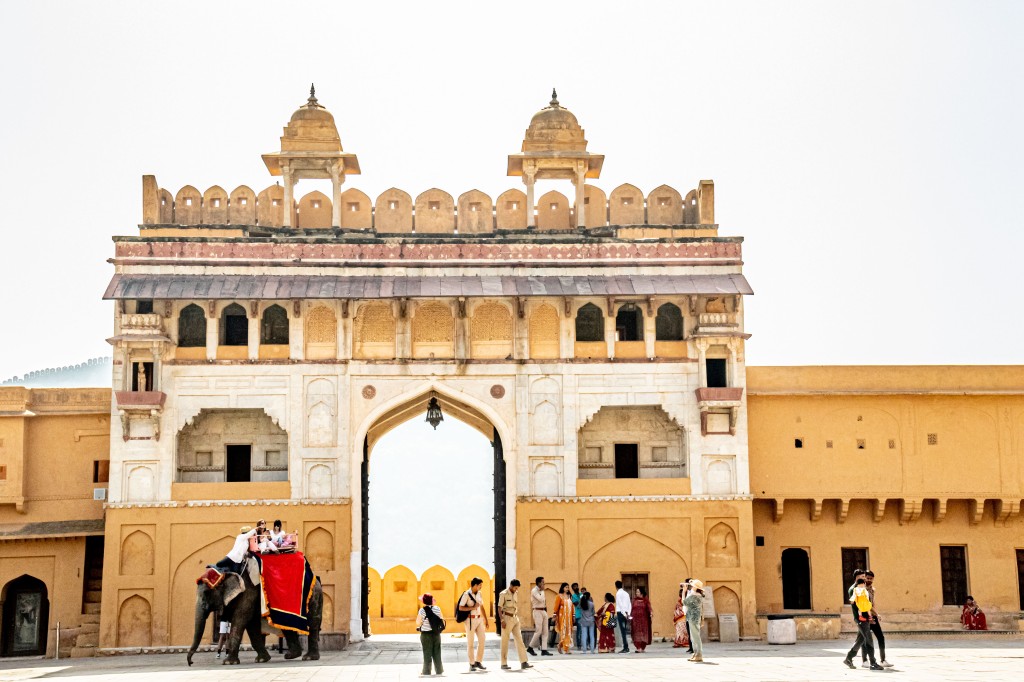

The Reception Hall was a great colonnaded building, which incorporated both Islamic (Mughal) and Hindu architecture. But in my opinion, one of the outstanding features of the Palace is the Hall of Mirrors outside the private quarters of the Royal Residences! We ended our tour with a trip through the women’s quarters which featured a Turkish hamman-style bathing area. There was a private corridor used only by the Maharaja to visit his women, and the Maharaji apparently loved the hamman area.

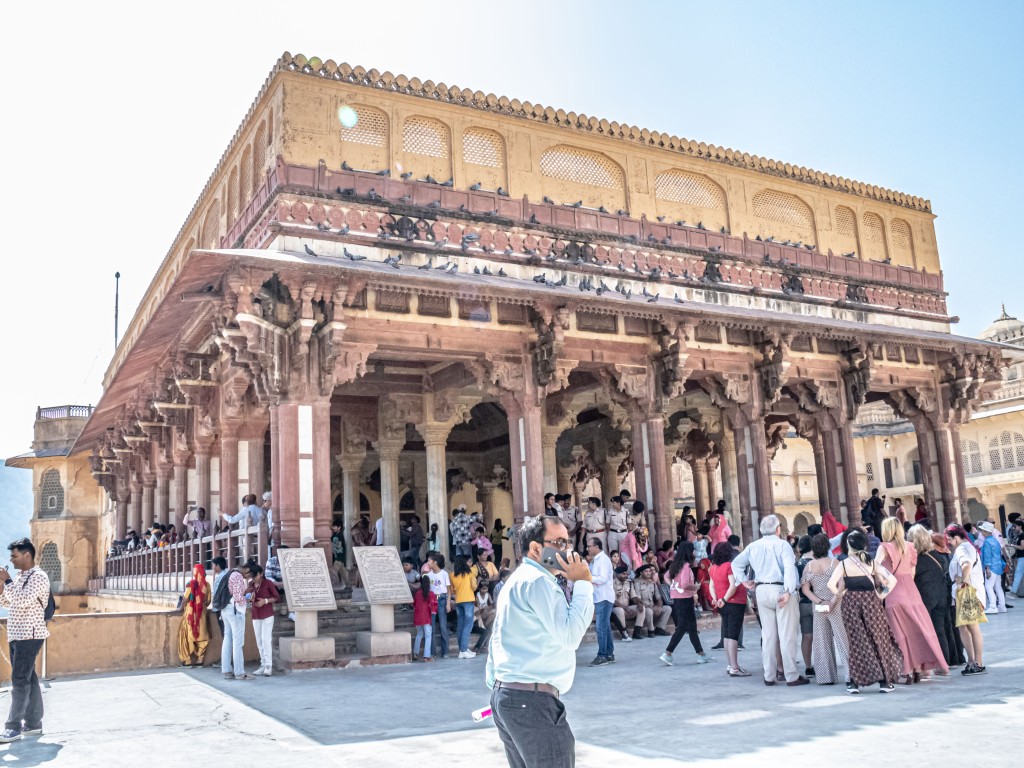










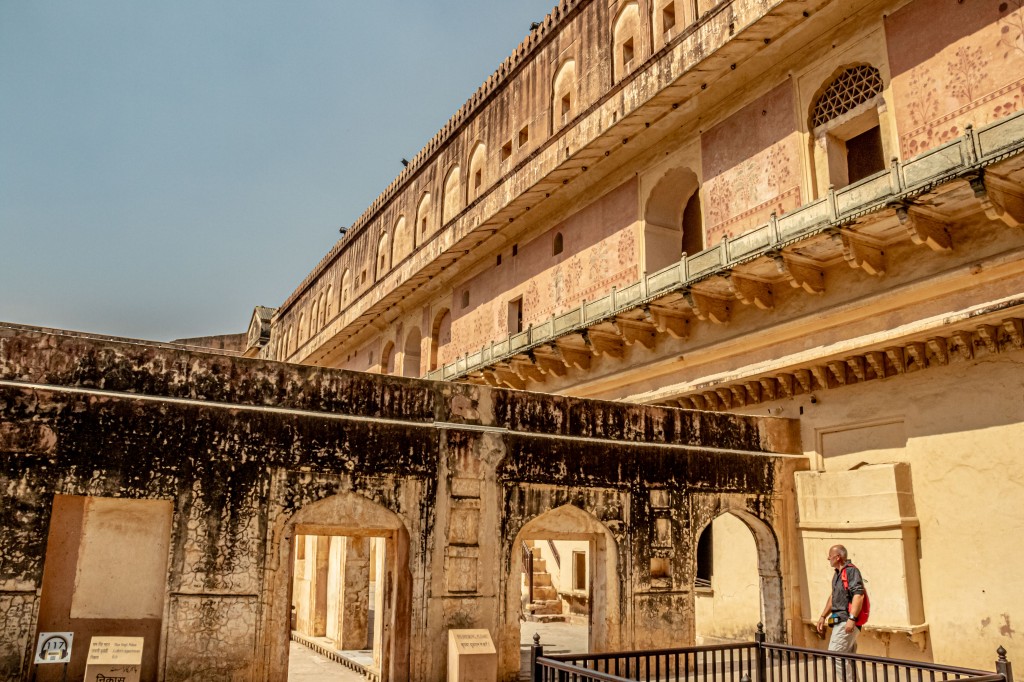
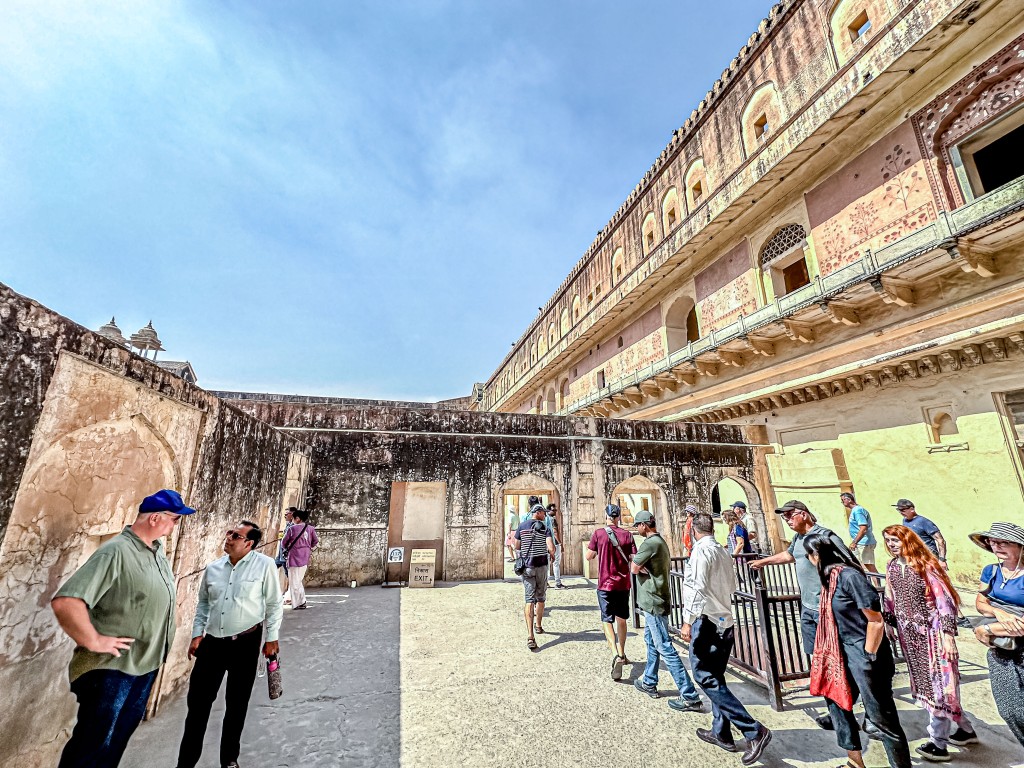


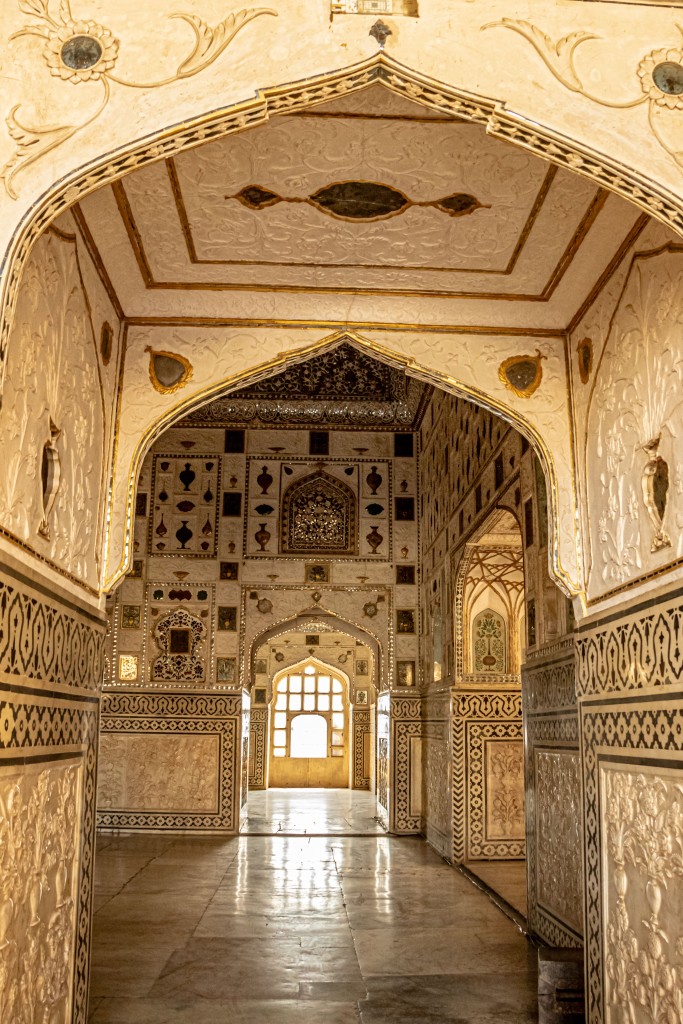


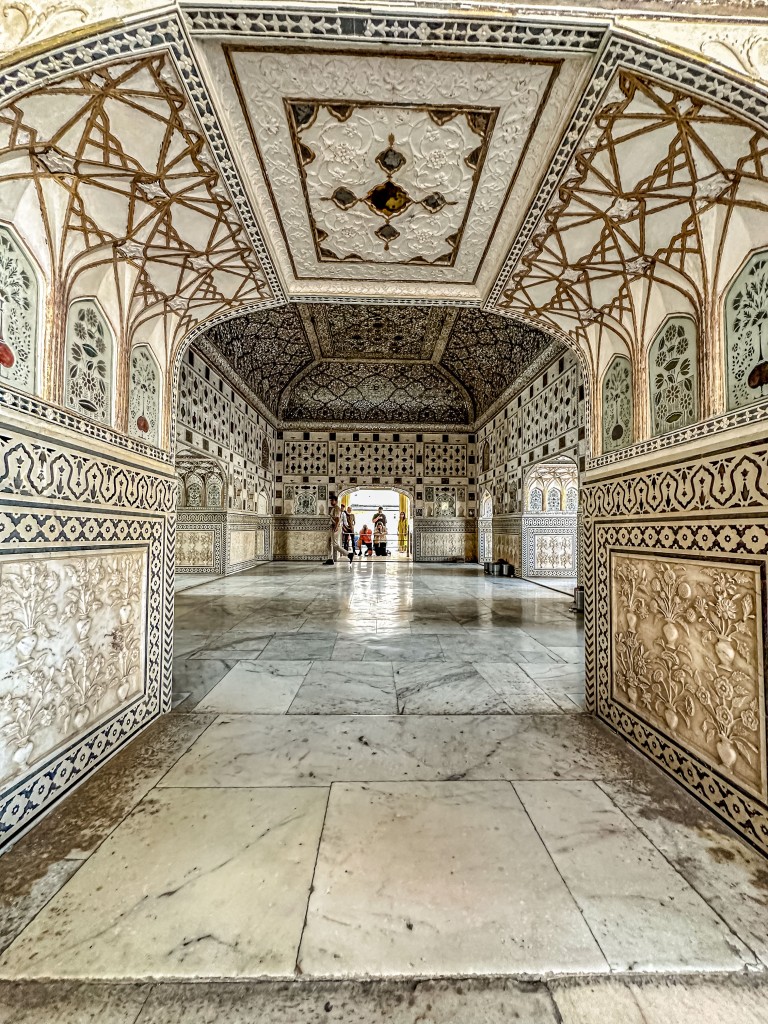




On our way back to the New City, we stopped briefly to see the Water Palace sitting in the middle of the lake, which was the main source of drinking water for Jaipur when Jai Singh moved the city to its present location.


Unfortunately, we ran into a huge traffic jam when we discovered that the main road to access the New Palace, and the Royal observatory was closed to vehicular traffic so quickly rented us a ride on a Tuk Tuk, which apparently wasn’t covered by the road ban. This led us on a back road journey so we could experience Jaipur as “the real deal”. Given the plumbing work going on in the sewage system, it was perhaps a little too “real” for us to enjoy.












Our first stop in the New City was at the Jantar Mantar, Jaipur’s royal observatory. Unlike modern observatories, the Jantar Mantar (also built by Sawai Jai Singh), consists of a collection of 19 astronomical instruments. They are all located outside. This site is also a UNESCO World Heritage site, and features the world’s largest stone sundial. The instruments allow the observation of astronomical positions with the naked eye. These instruments are examples of the Ptolemaic system of astronomy upon which modern navigation was based. Jai Singh started building his astronomical instruments about the time he moved the city.



A cool thing was that he would first build scale models of the instruments to test his calculations about their efficacy. You can still see the scale models (which are fairly large in themselves) alongside the final full-size instruments. Among the instruments we saw were astrolabes, the 12 zodiac signs, and two sun clocks/dials. The amazing thing is that the smaller one (the model) is still accurate to within 22 seconds; and the larger one to within 2 seconds.





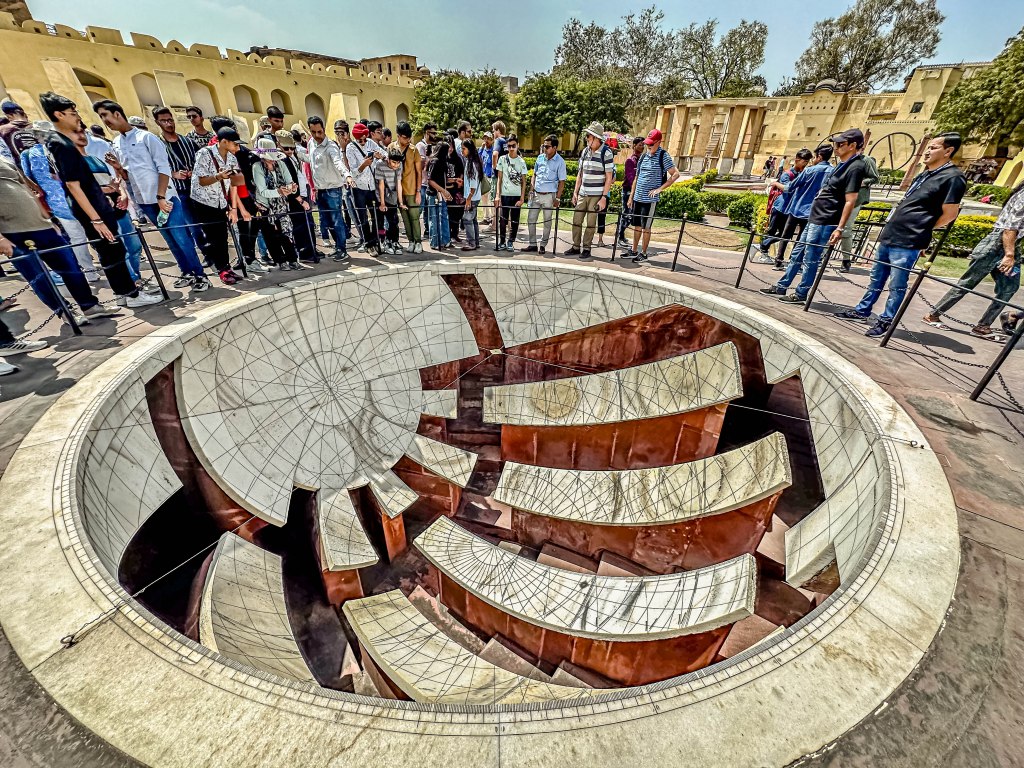

Zodiac signs are extremely important to the Hindus, because in their culture, there is a strong correlation between astronomy and astrology. The latter is vital because if a child is born during the nighttime, the astrological instruments help to determine the child’s zodiac zodiac sign. The determination of the true zodiac sign helps determine the factors for such things as suitability for marriage. Apparently, there are 36 factors to be considered, and there must be affinity with at least 18 of those factors for a marriage to be considered suitable. As I’m writing this, I can’t believe I’m sitting here saying this in the 21st century, but Vip said most Hindus still take it extremely seriously.


We walked over into the grounds of the City Palace, but today, we are not allowed access to the main building because the Maharaja is in residence (you know, because his flag is flying over the Palace). Today, he is meeting with the governor of Delhi, hence the road closure and our Tuk Tuk ride. However, we were able to go to a museum in one of the outbuildings for the Palace, where numerous ceremonial items and attire of the former royal families are displayed. As you might imagine, they were incredibly lavish.




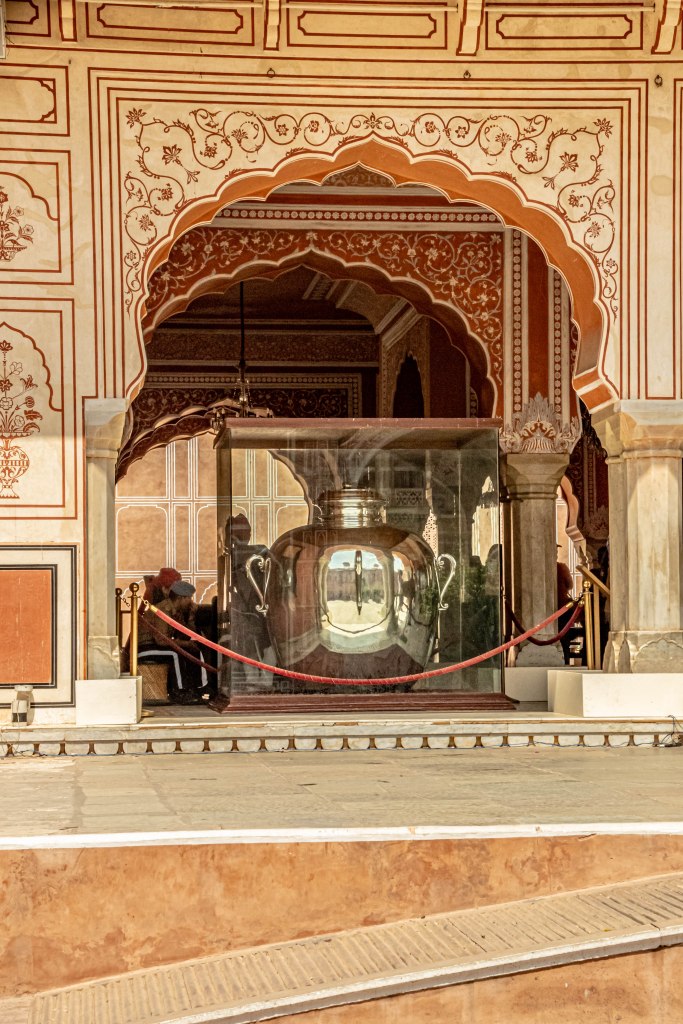


We also stopped at some craft workshops set aside and patronized by the Maharaja to support various traditional arts. We met with a gentleman who is an awarded artist who paints on rice paper and other traditional surfaces. He showed us his art, and created a small sketch for us.


By that time, it was nearly 2:00, and we were famished. Vip had arranged for us to have lunch in a very chic restaurant on the Palace grounds called Baradari. The Maharaja is apparently an investor in this restaurant, and it is well-reviewed. Lunch was lovely, but we were beginning to flag. Note to the wise: if you ask an Indian person is a dish is spicy, inevitably, they will say it is not, but that is to their taste; not mine!

Vip had one final “surprise” in store for us; a stop at a textiles workshop and factory (aka, a shopping opportunity!). That was fine with me, as Indian textiles are usually quite lovely. We did not give Jim an opportunity to chime in. We were first shown a workshop where they demonstrated the art of block printing on cloth, and I even got to try my hand at it. Then, they took us us some weavers who were making intricate woven wool rugs from camel hair. Although they were lovely, Jim and I have no need or desire to buy rugs and have them shipped home. But then we went in to the shopping mecca! Did someone say they do great textiles in India?! There were beautiful tablecloths, placemats, and even garments made to order. Even better for us, they would ship a box to the U.S. for a flat rate!








We made our way back to the hotel using a “freeway”. Even it was not free of animals wandering around. On the way, we saw an elephant decorated for Holi in the traffic lanes, but all day, we’ve had to dodge cows, goats pigs and dogs on the roads. By this time, the jet lag was beginning to set in, and Jim and I were very happy to return to the oasis of the Taj Rambagh!

Since we’d had such a big lunch, we opted to dine more lightly, and after a cocktail in the Polo Bar, ate dinner out on the hotel’s terrace. The evening was lovely, and they even had live entertainment under the moonlight. What a great end to an exciting day!







Stay tuned, dear Readers, for the adventures continue tomorrow, as we drive down to Ranthambhore National Park to try to film the tigers there!









